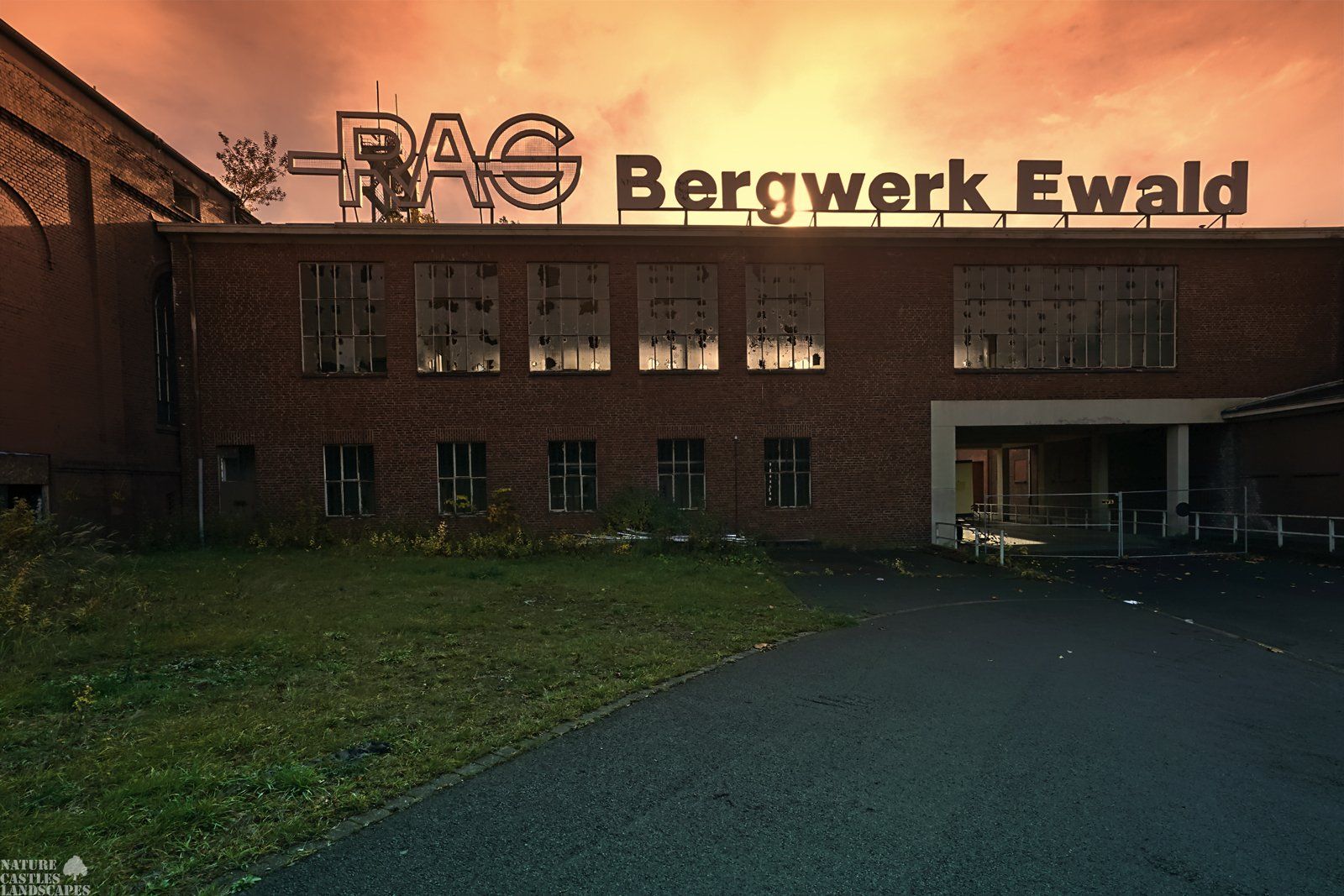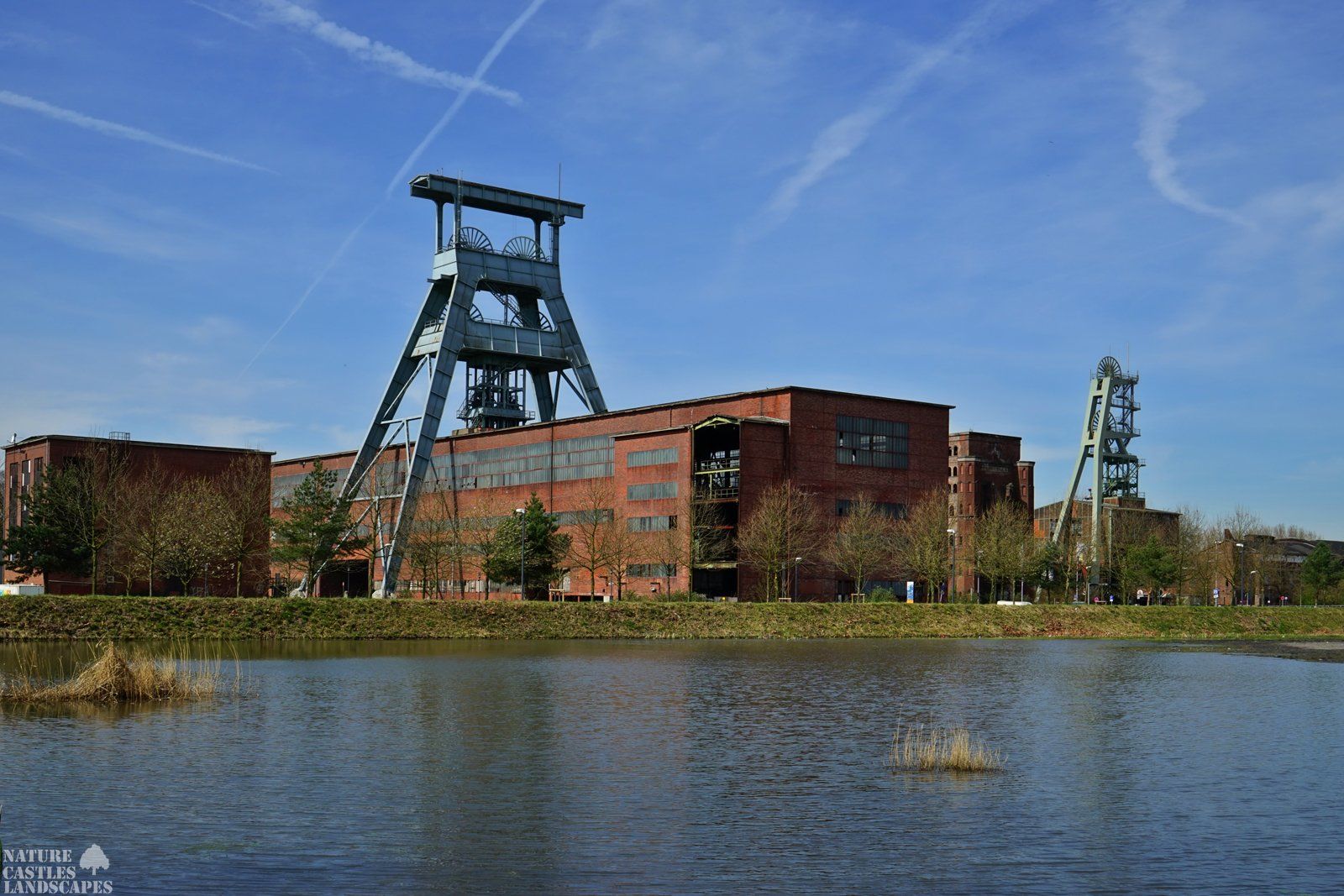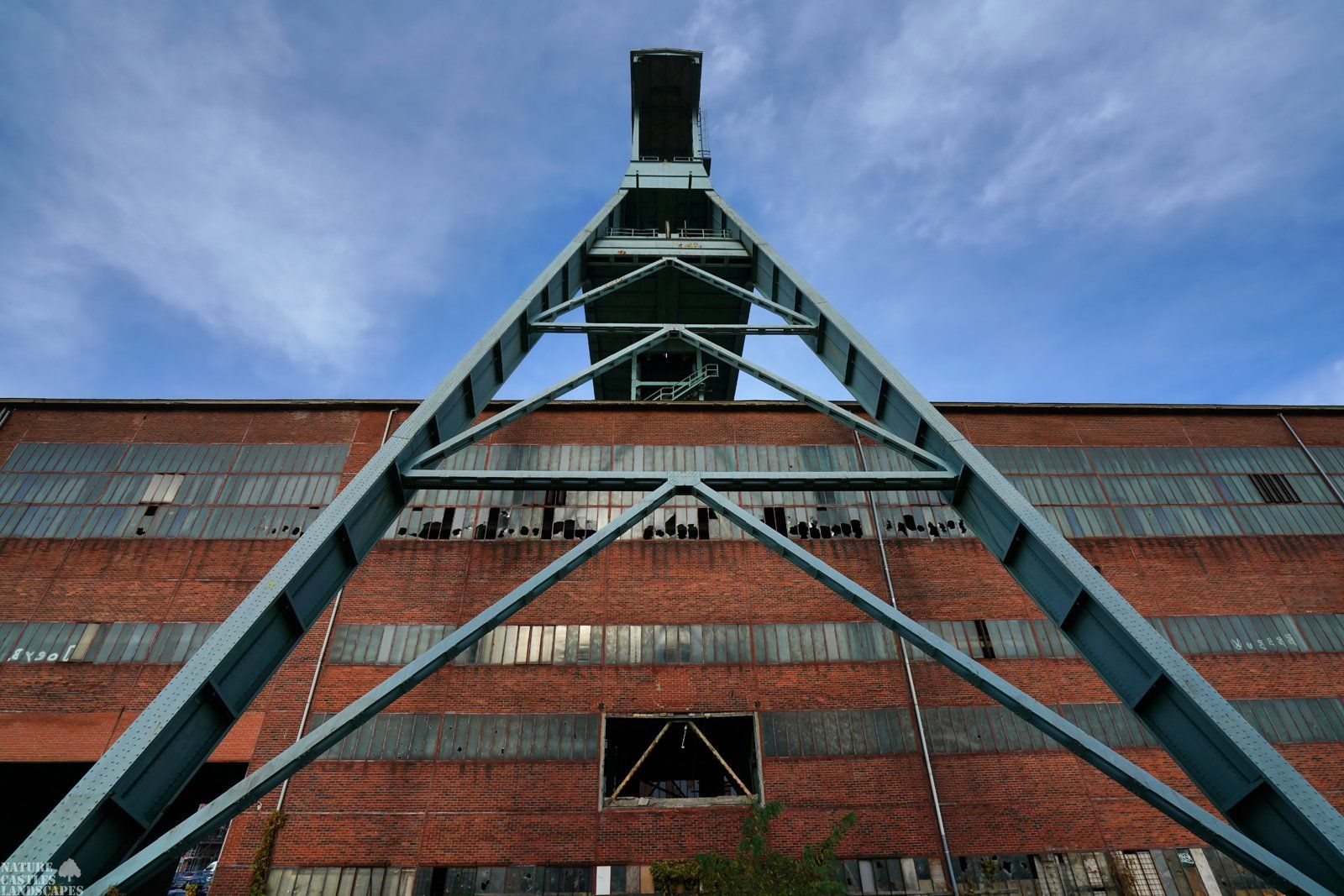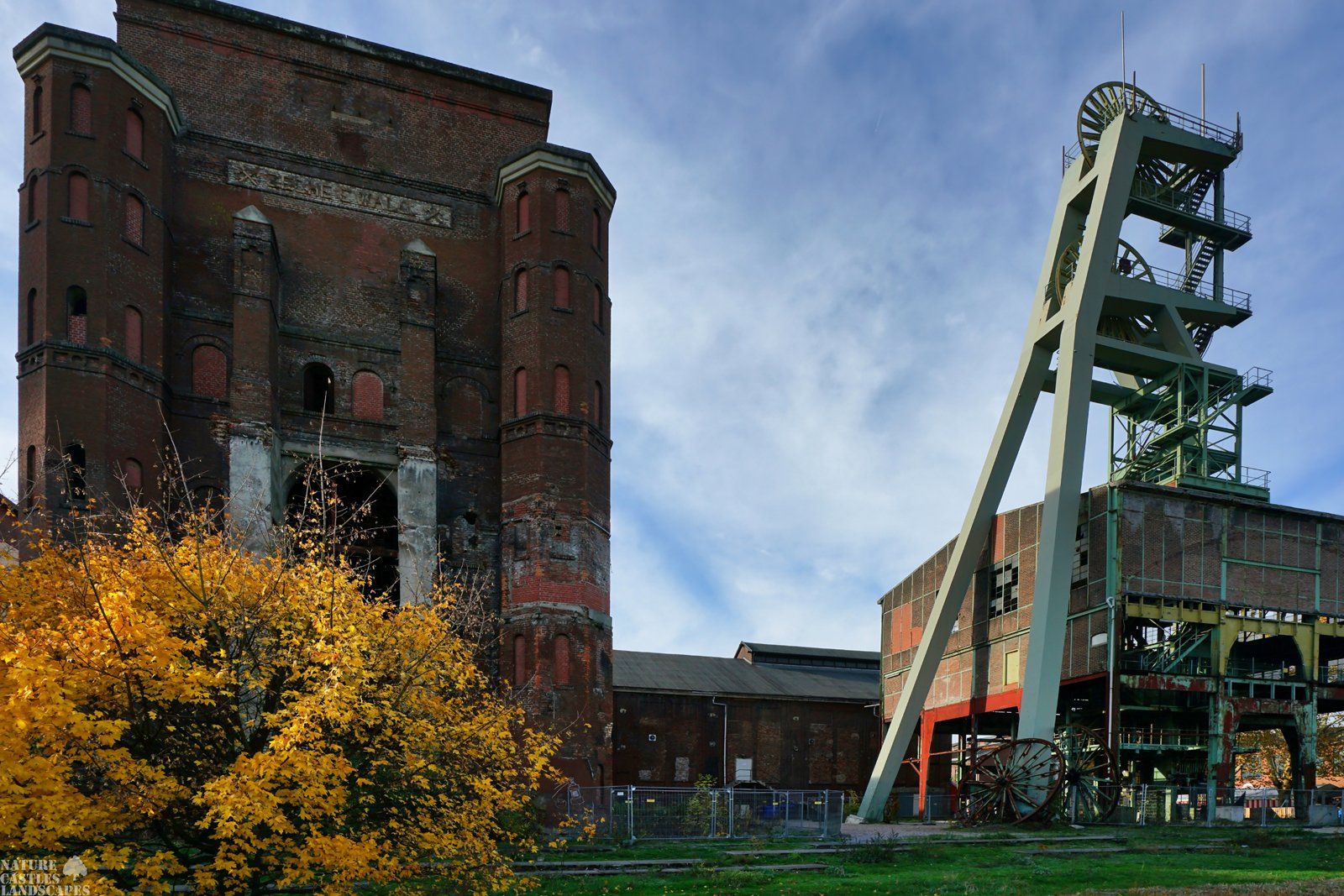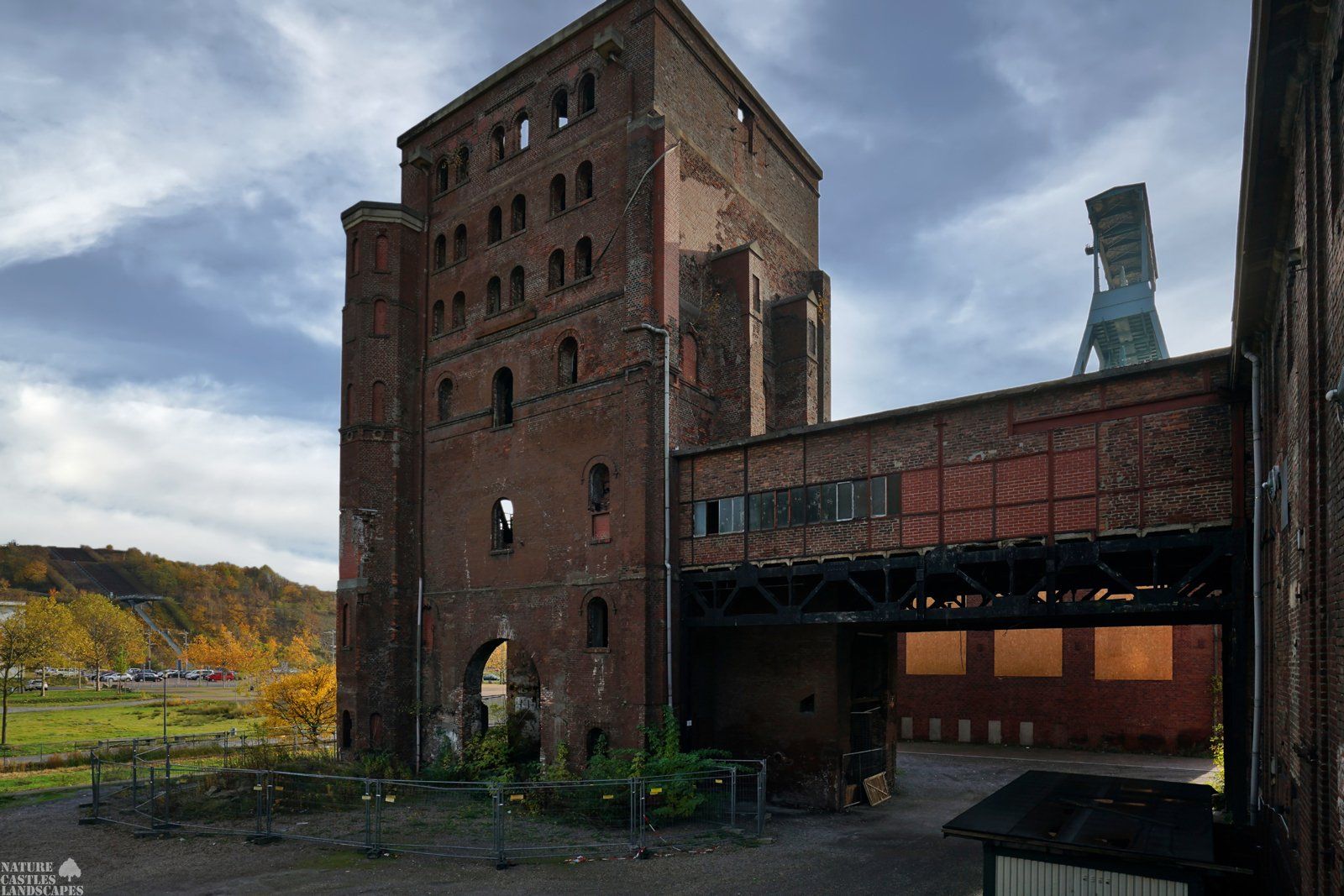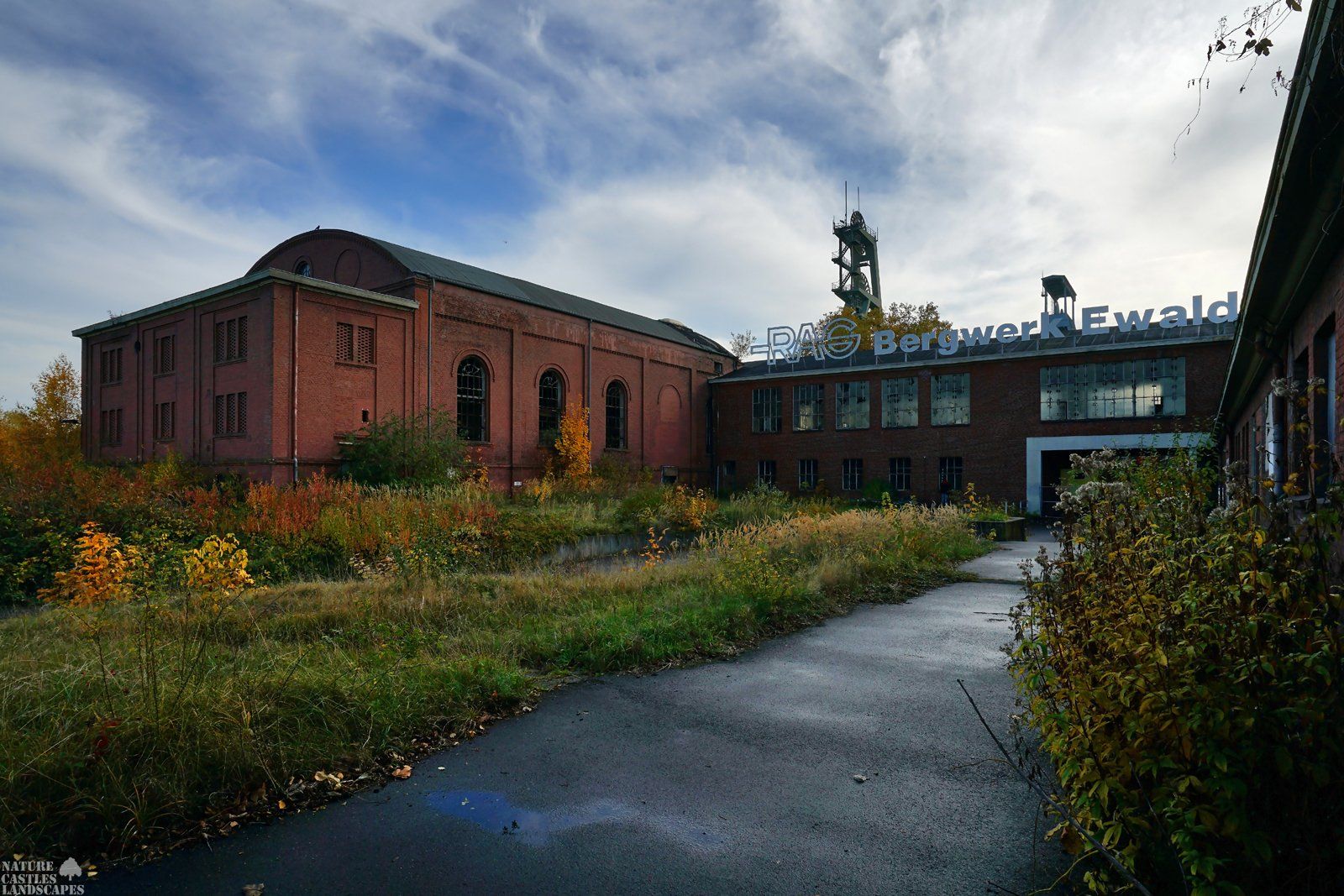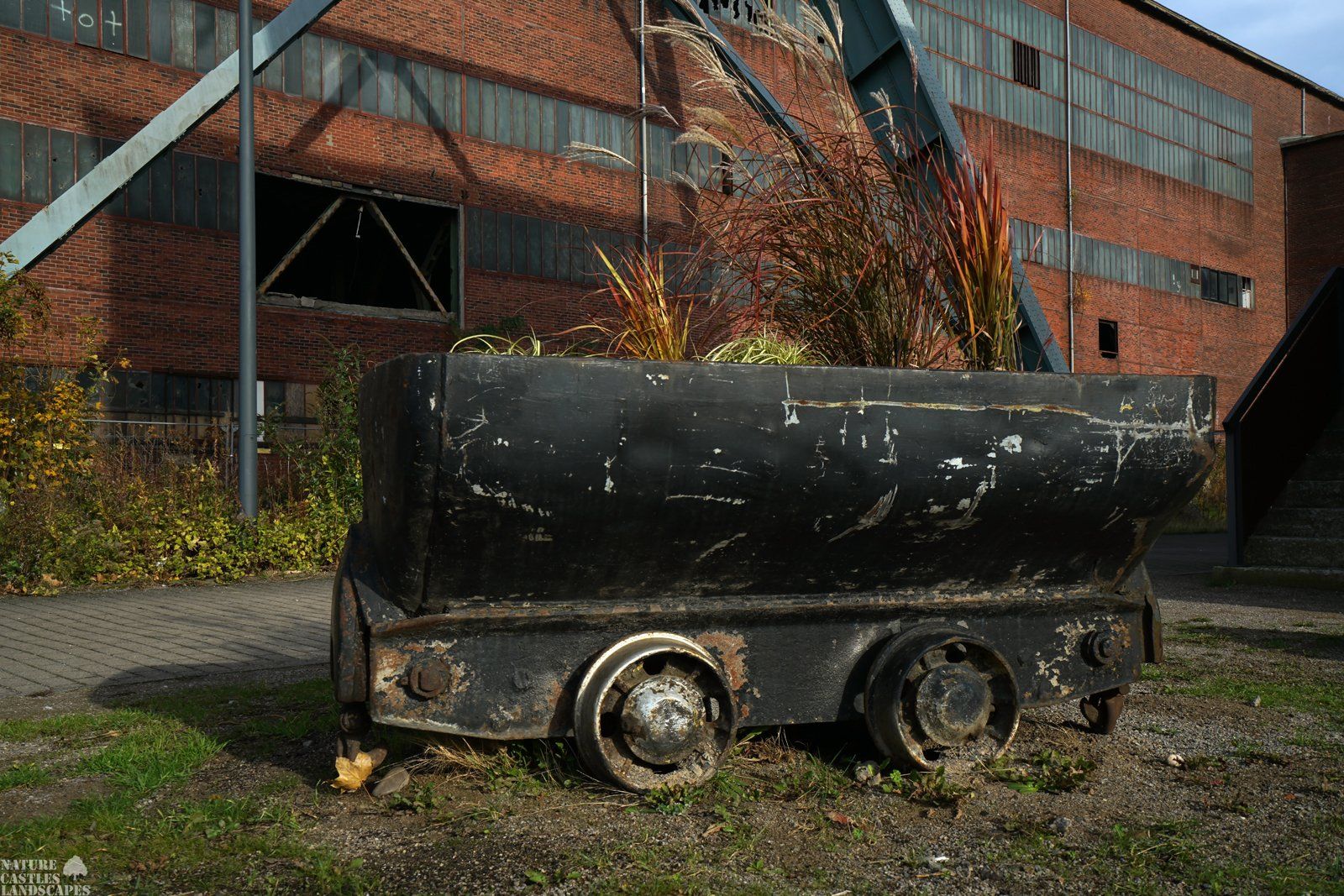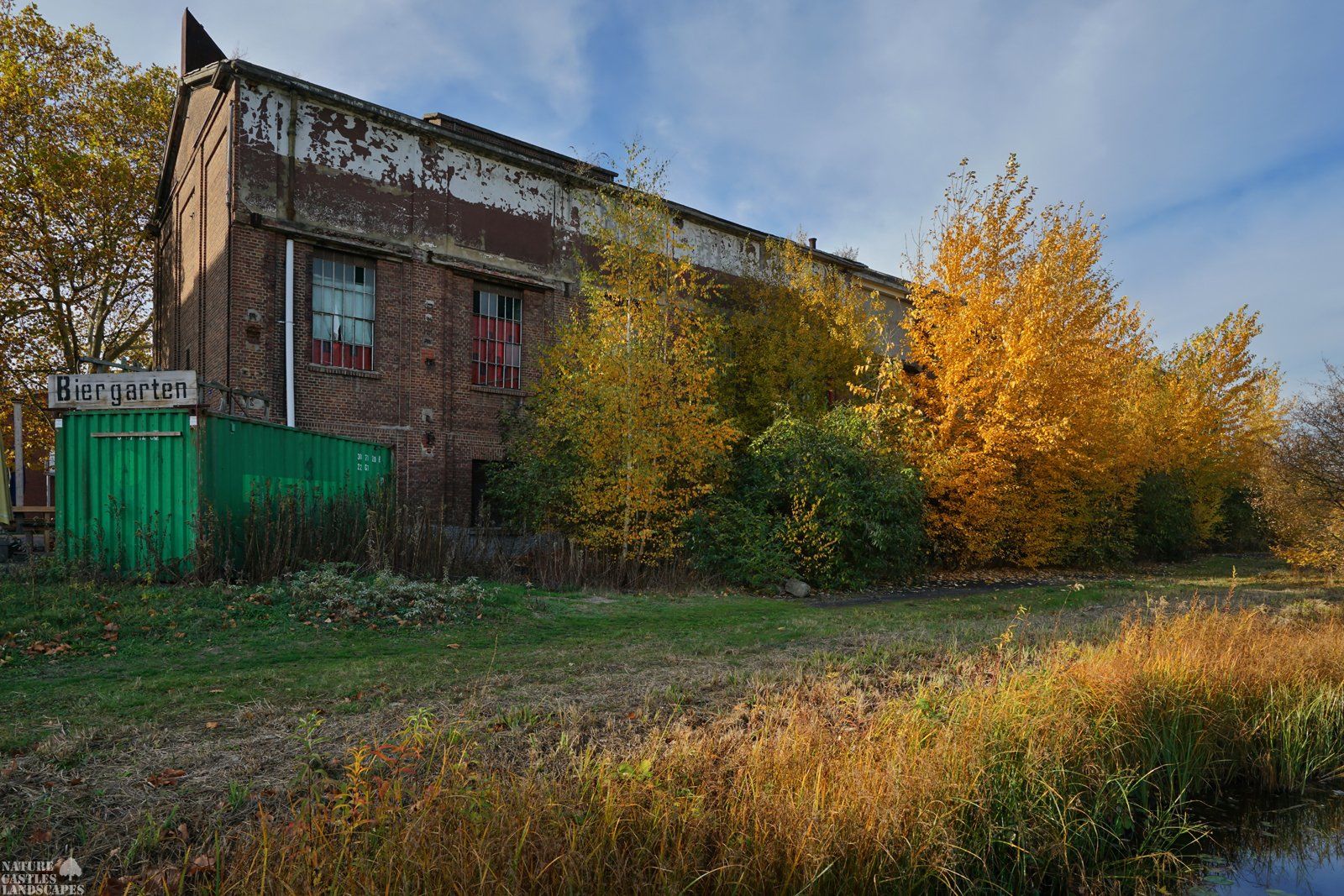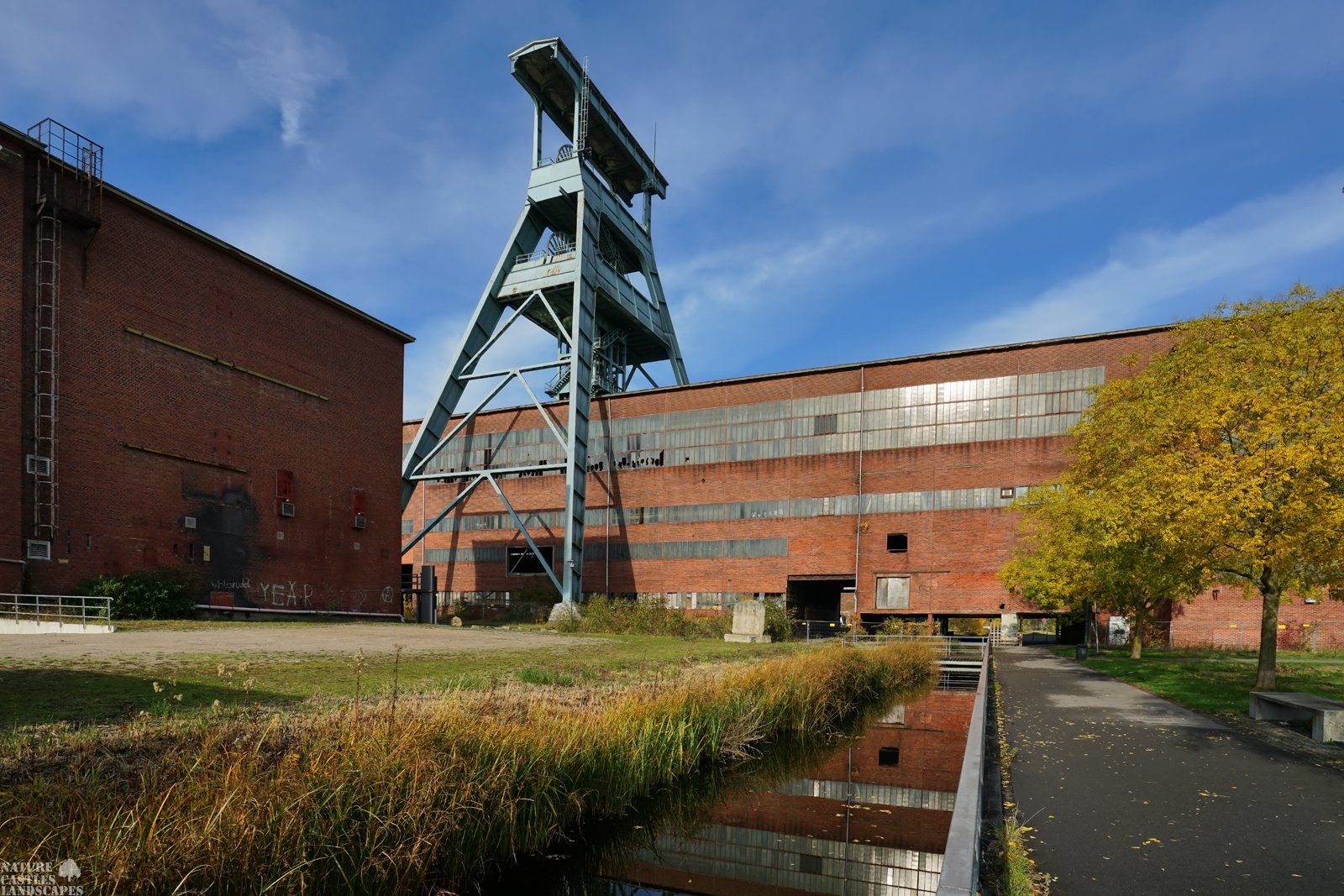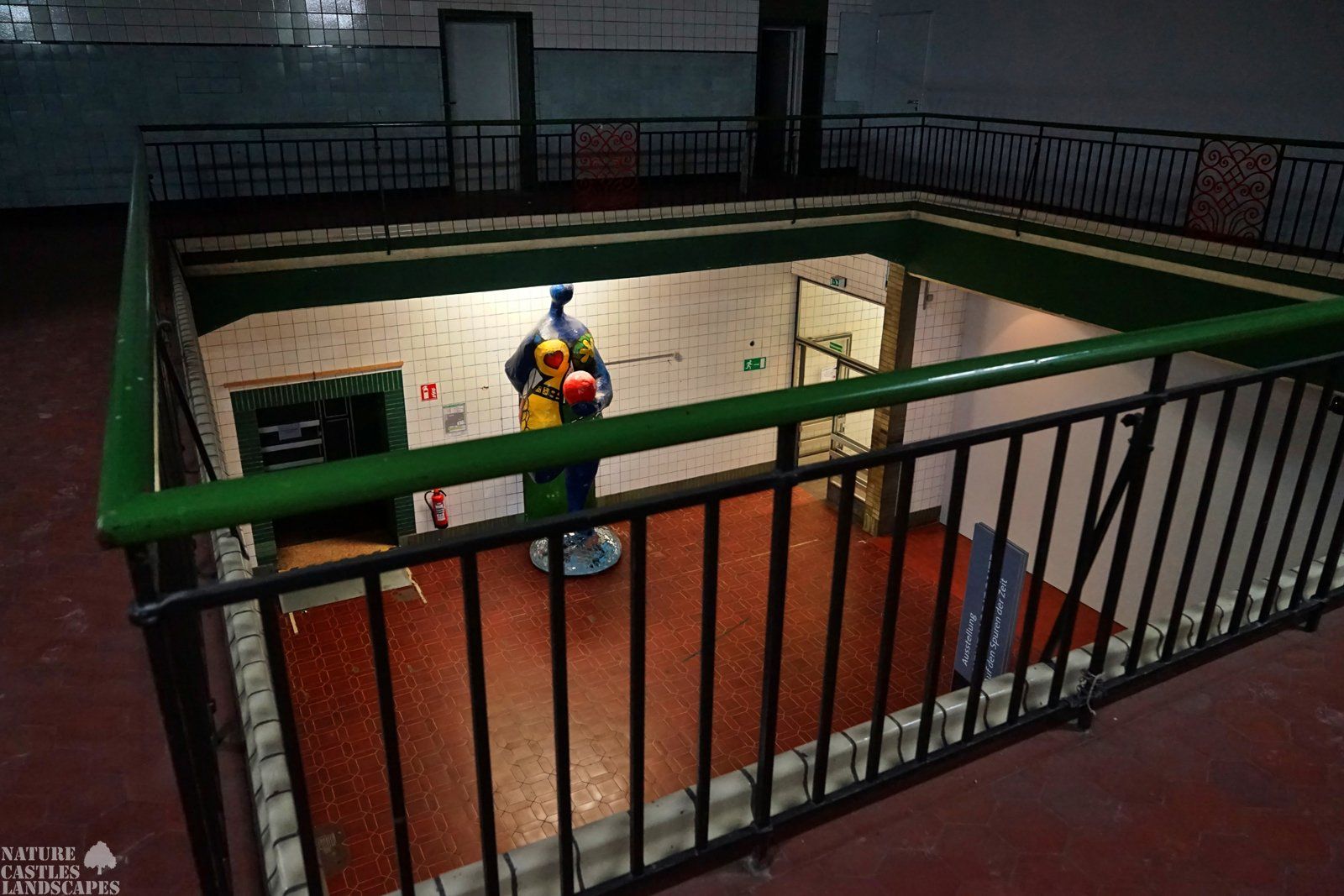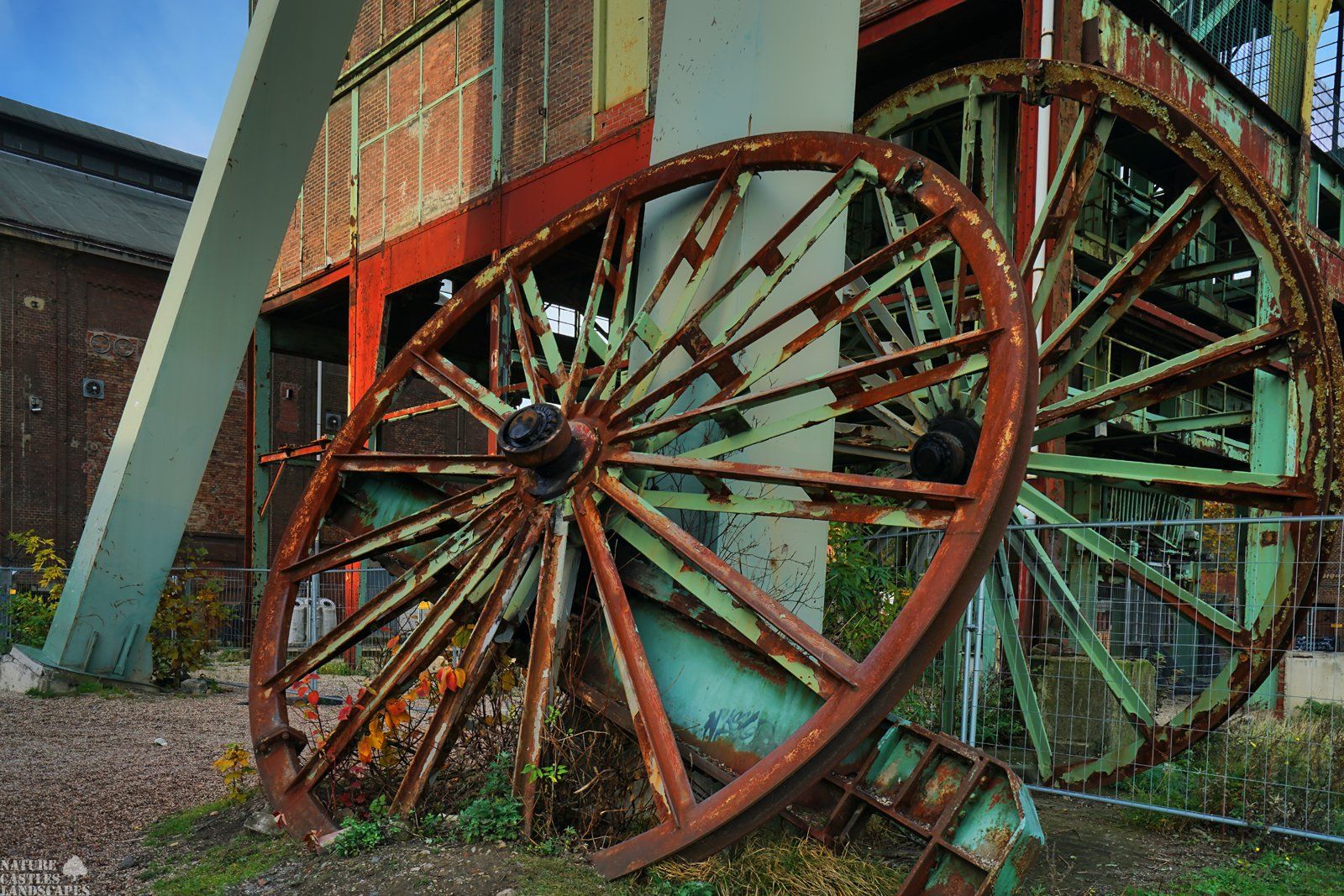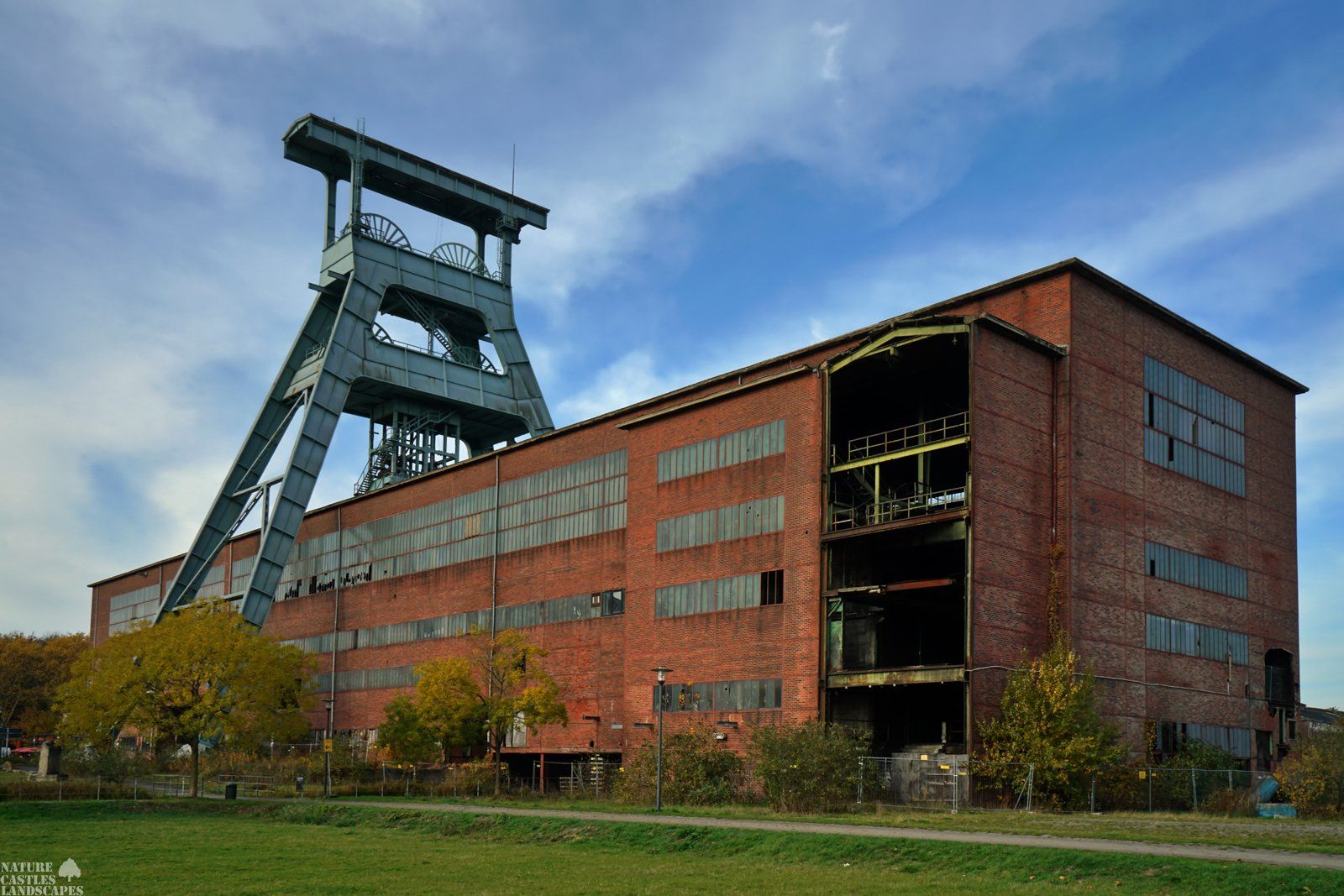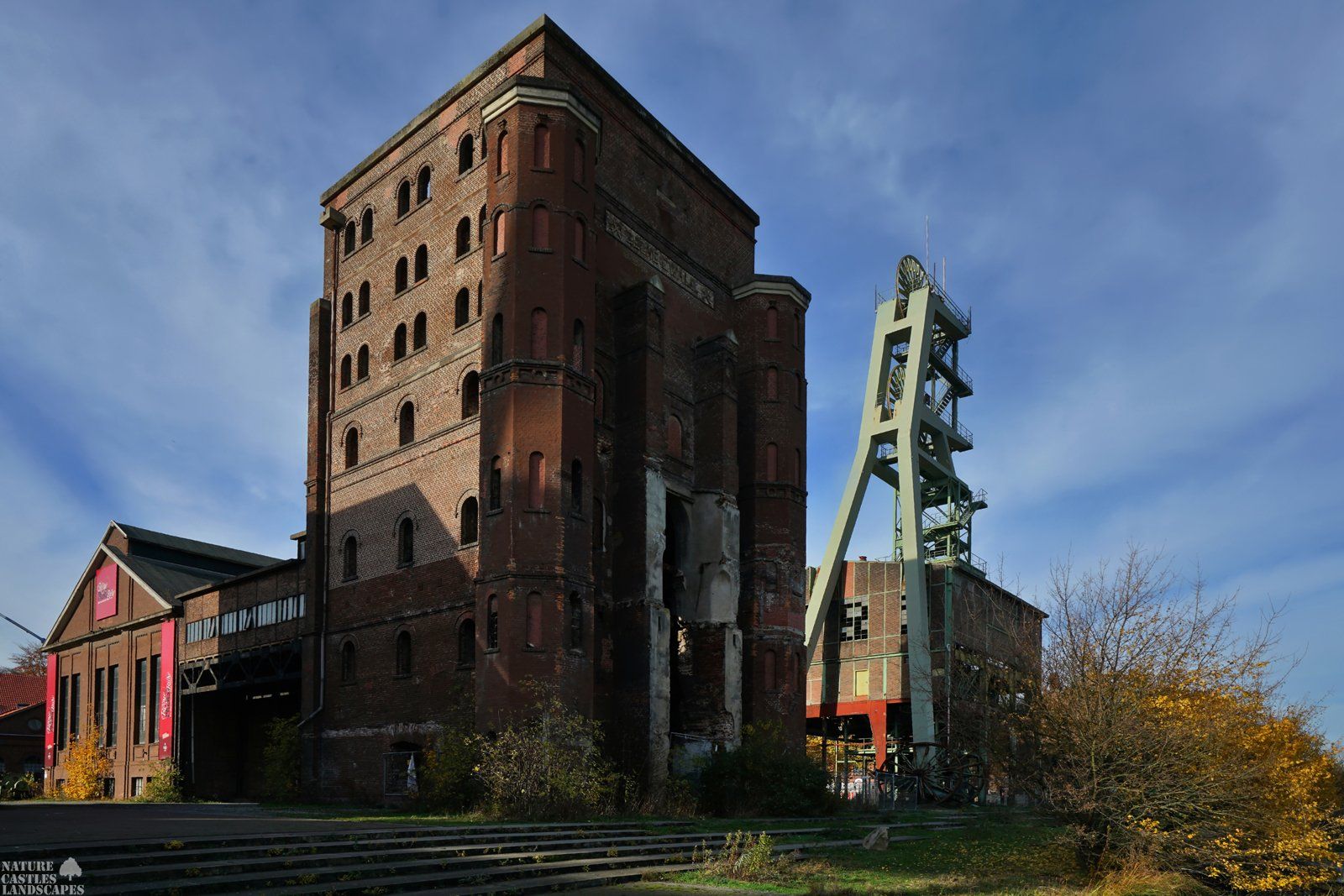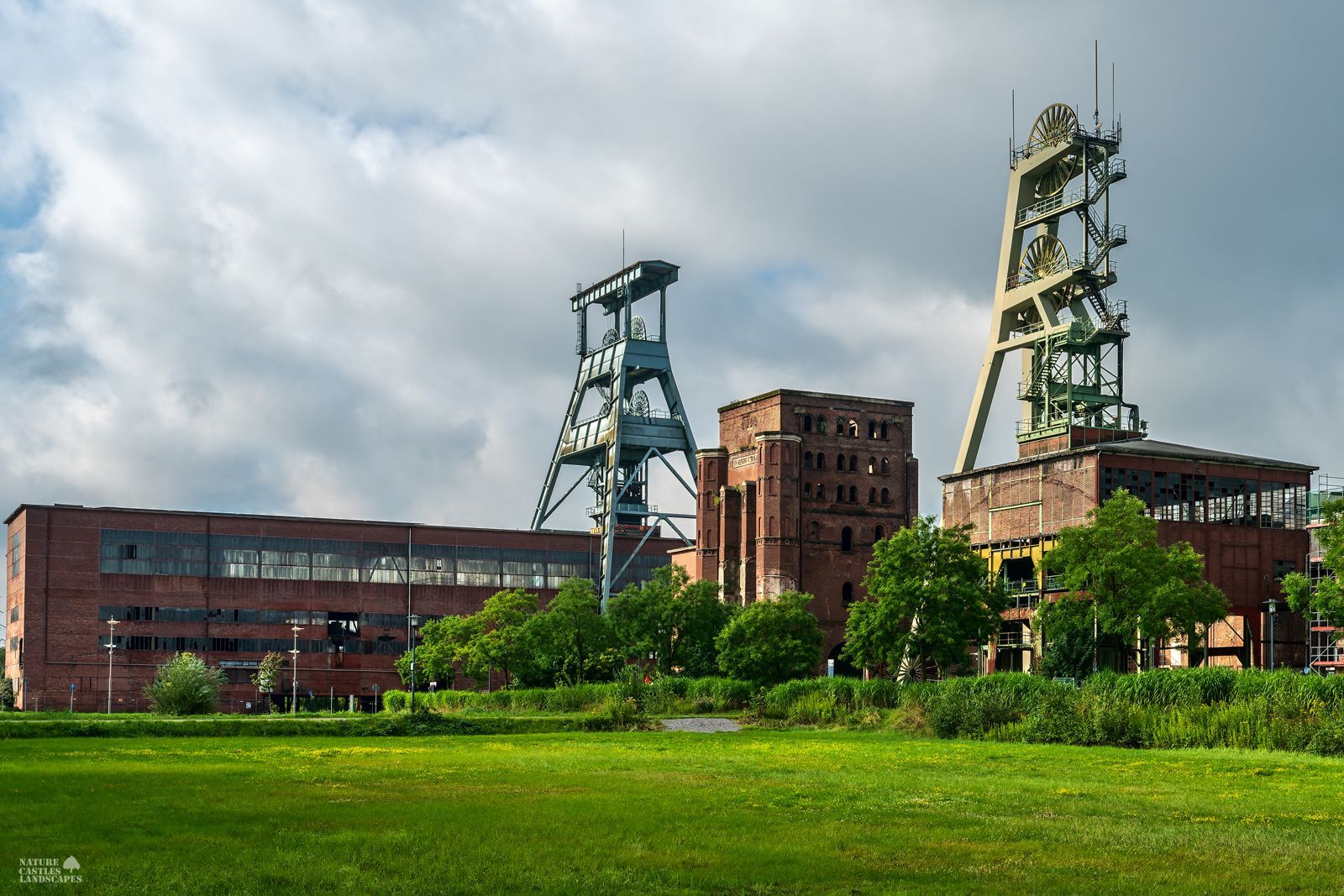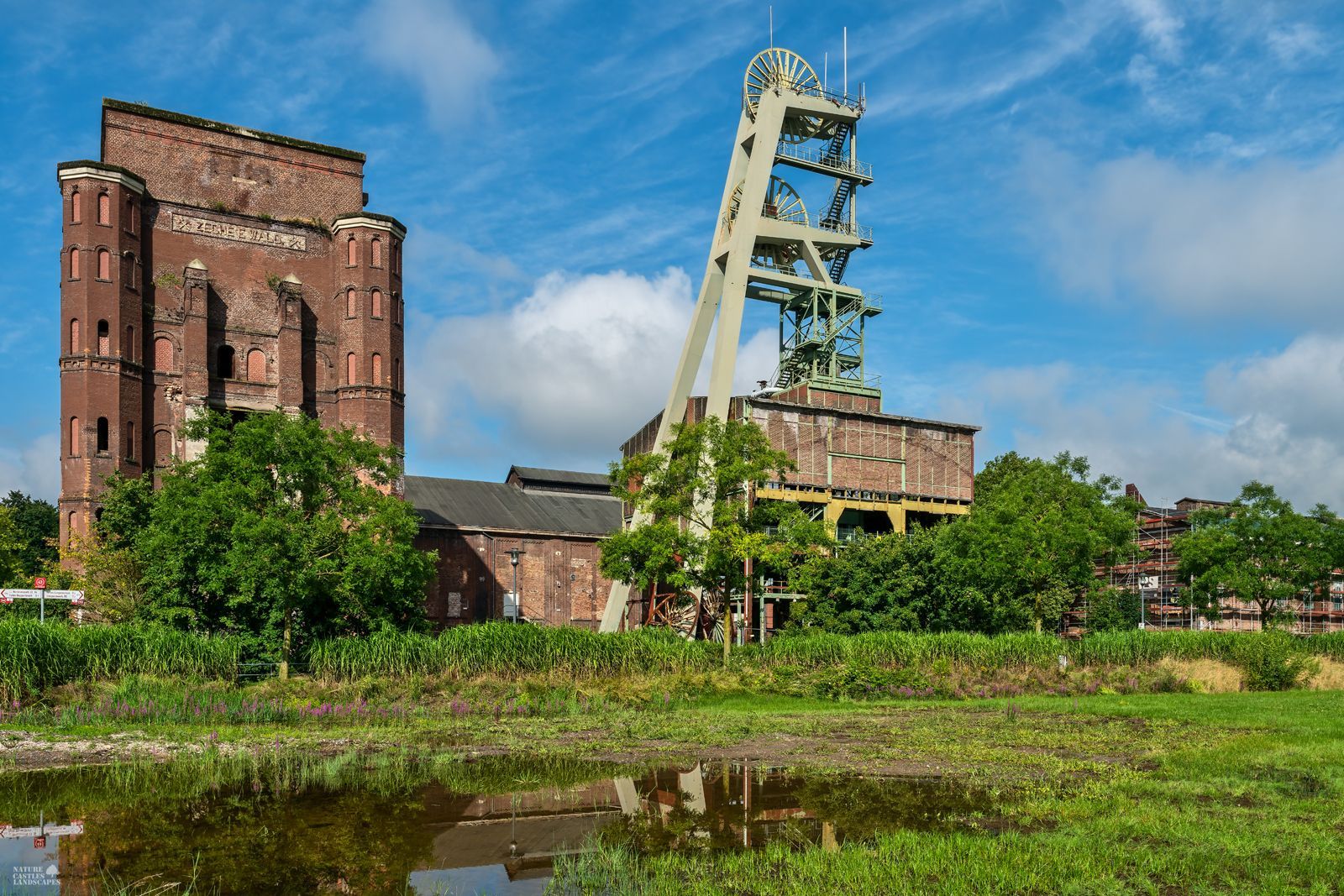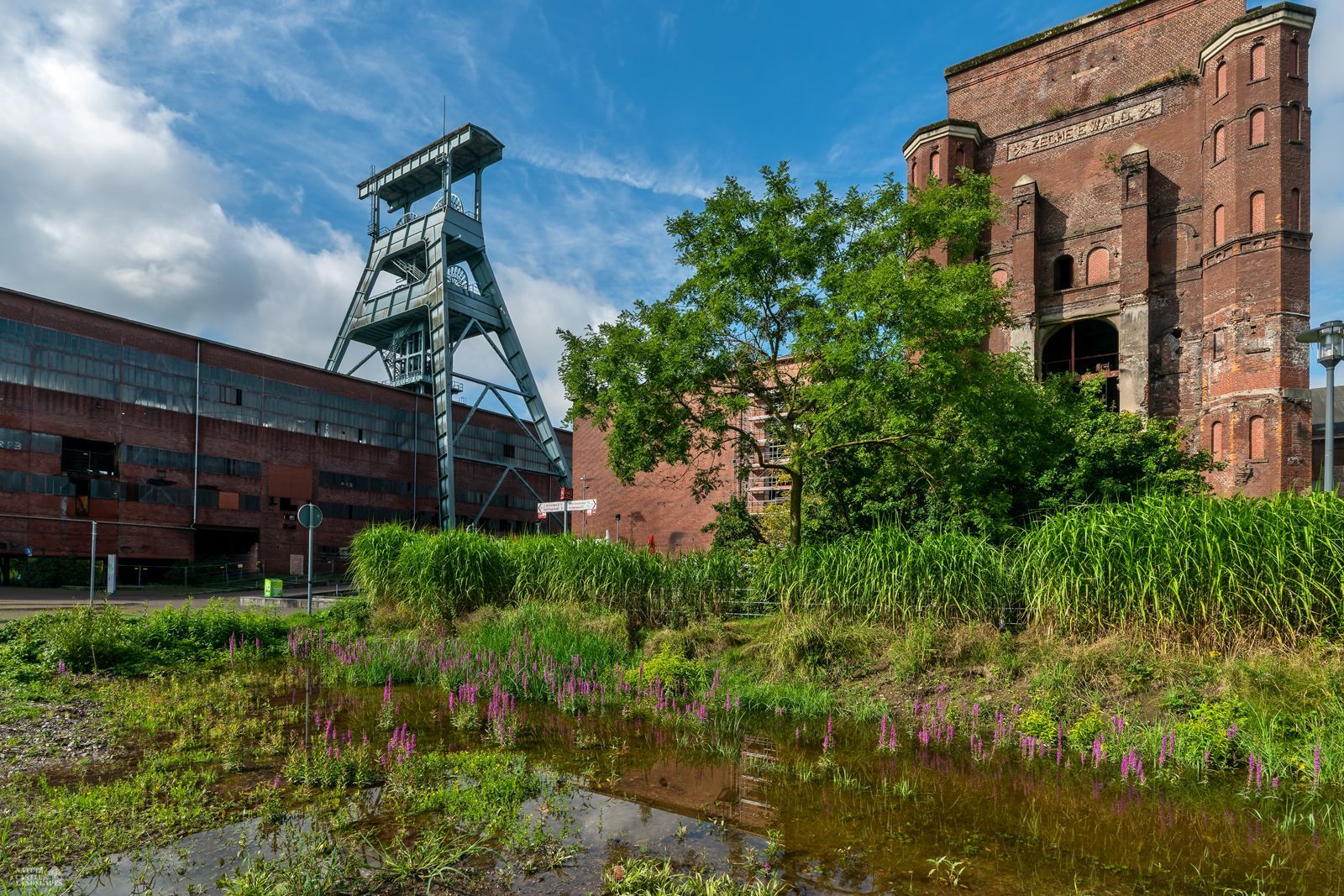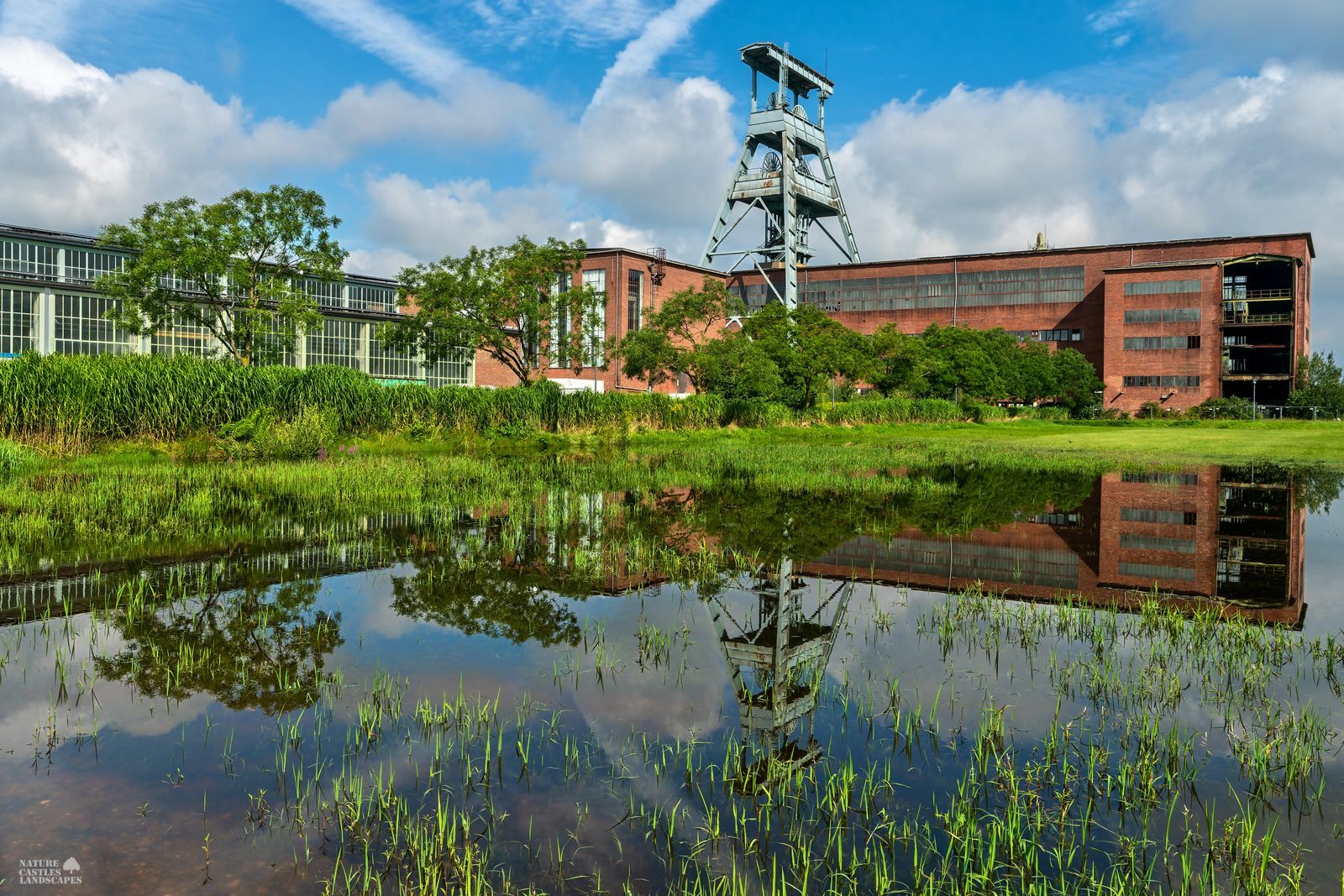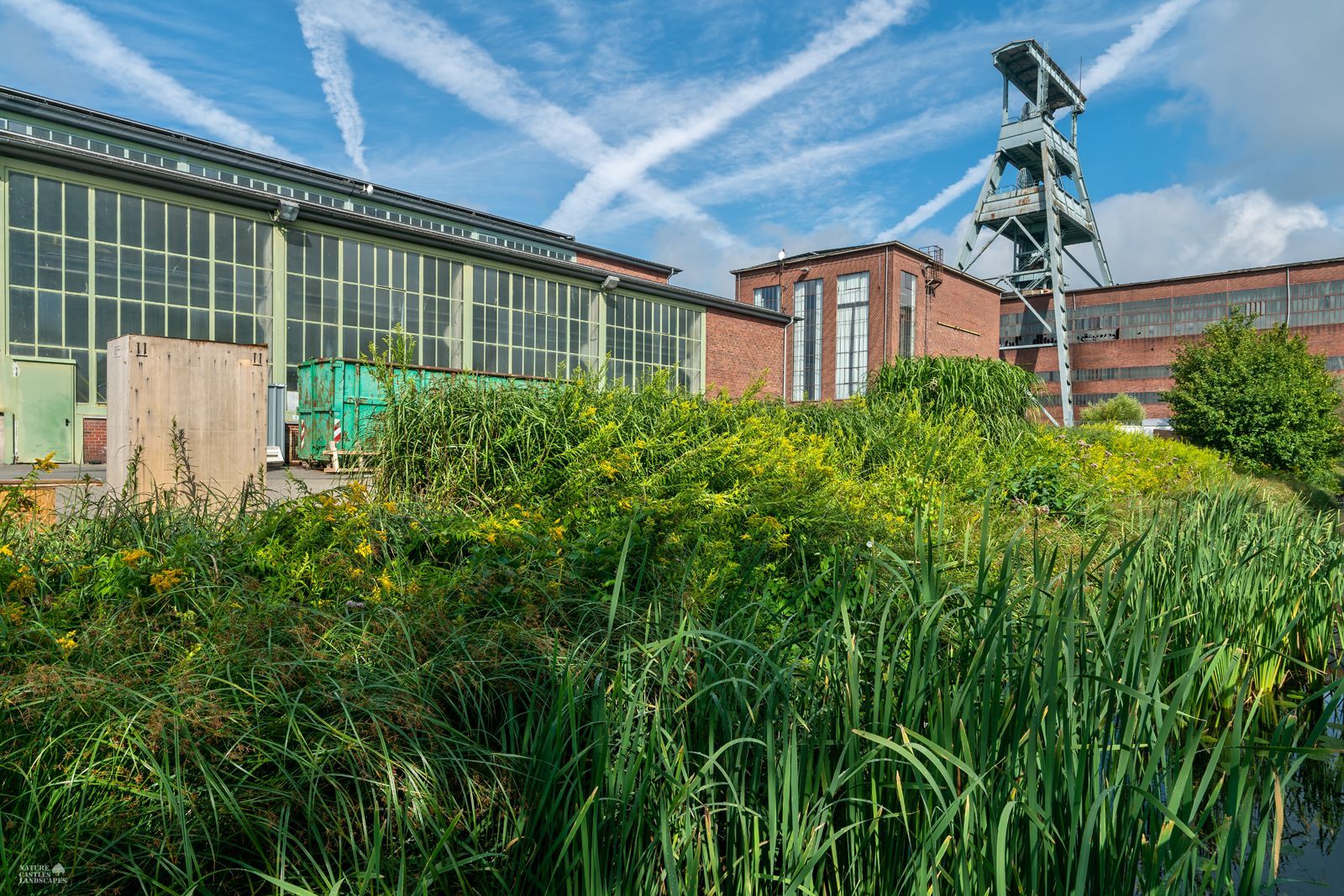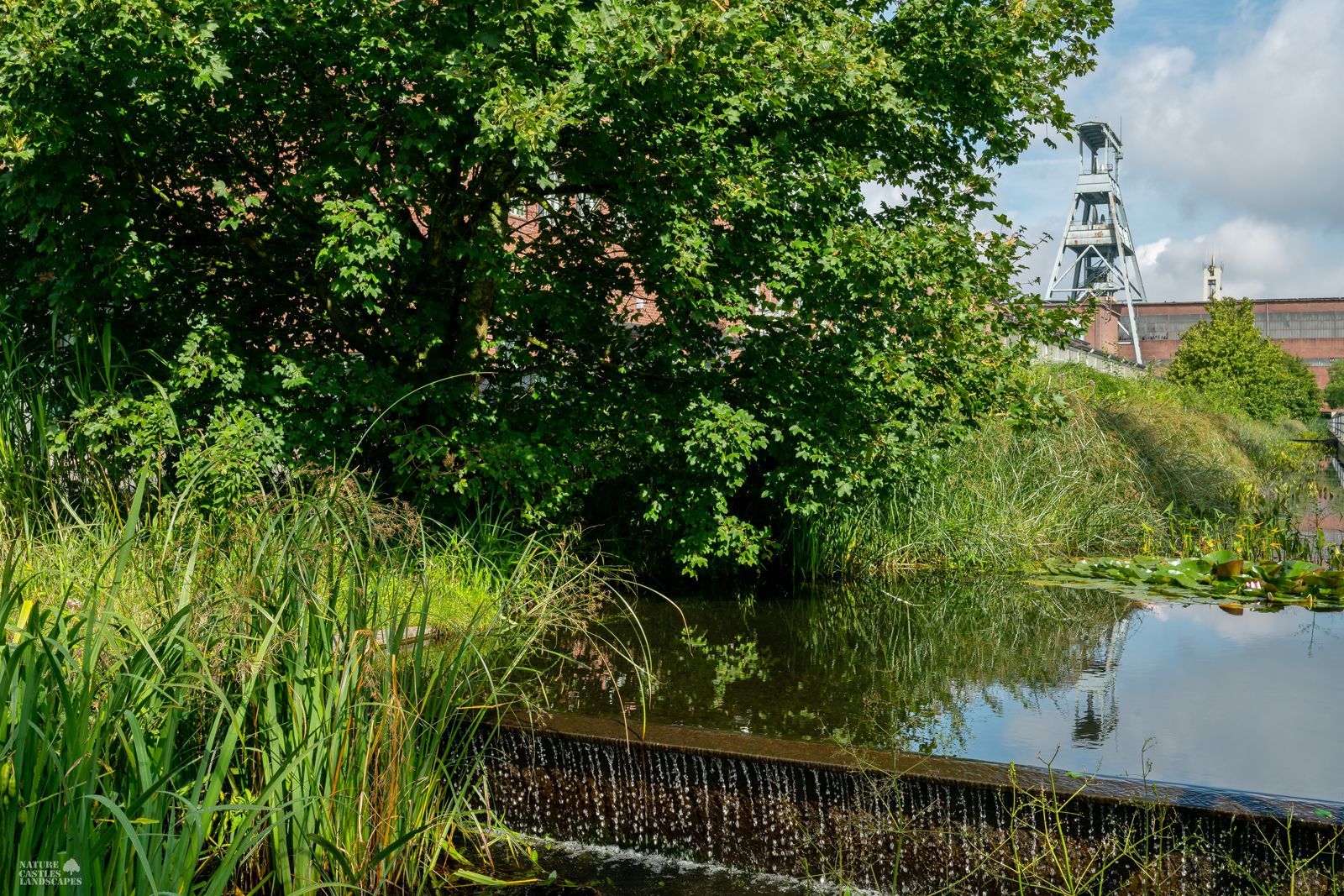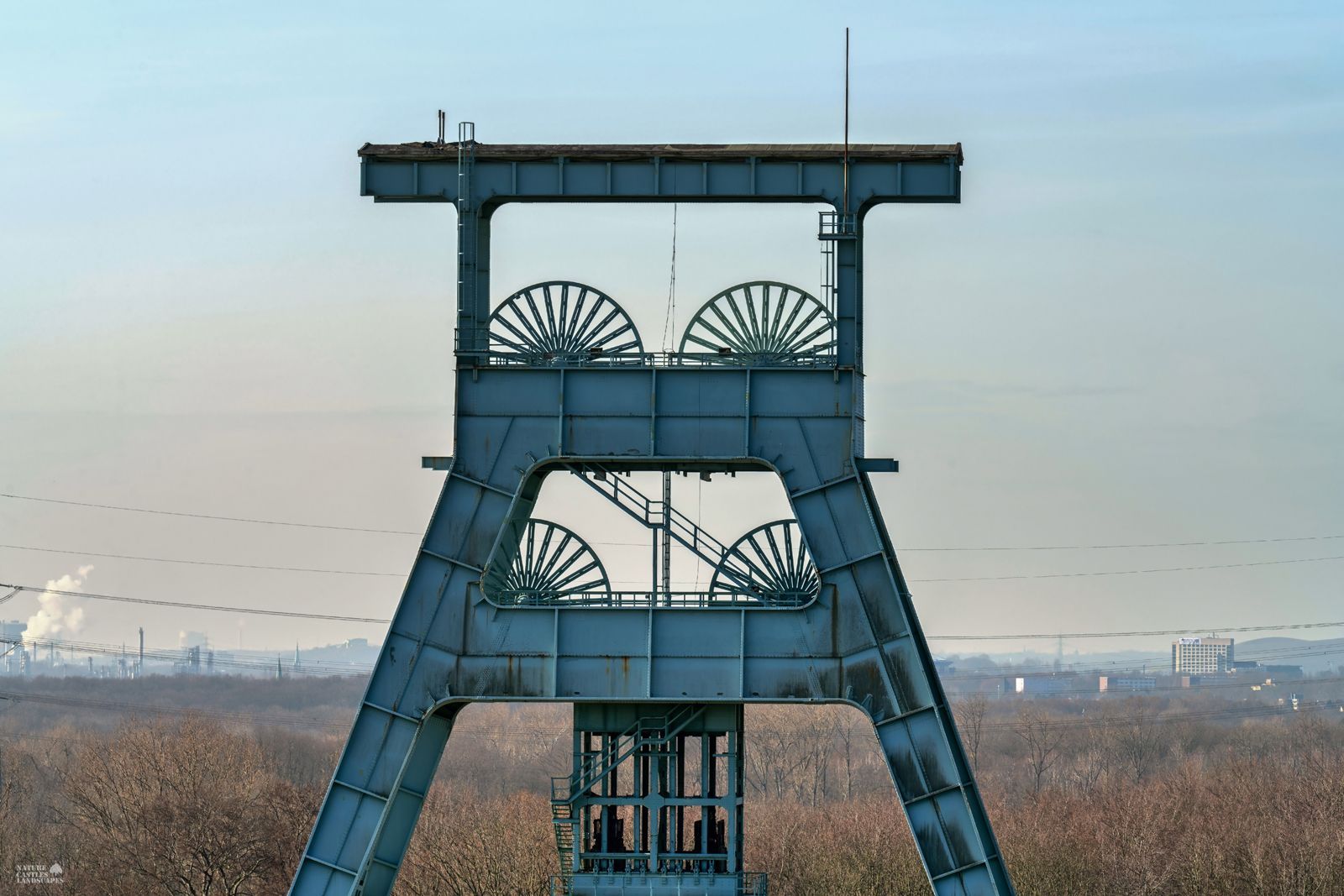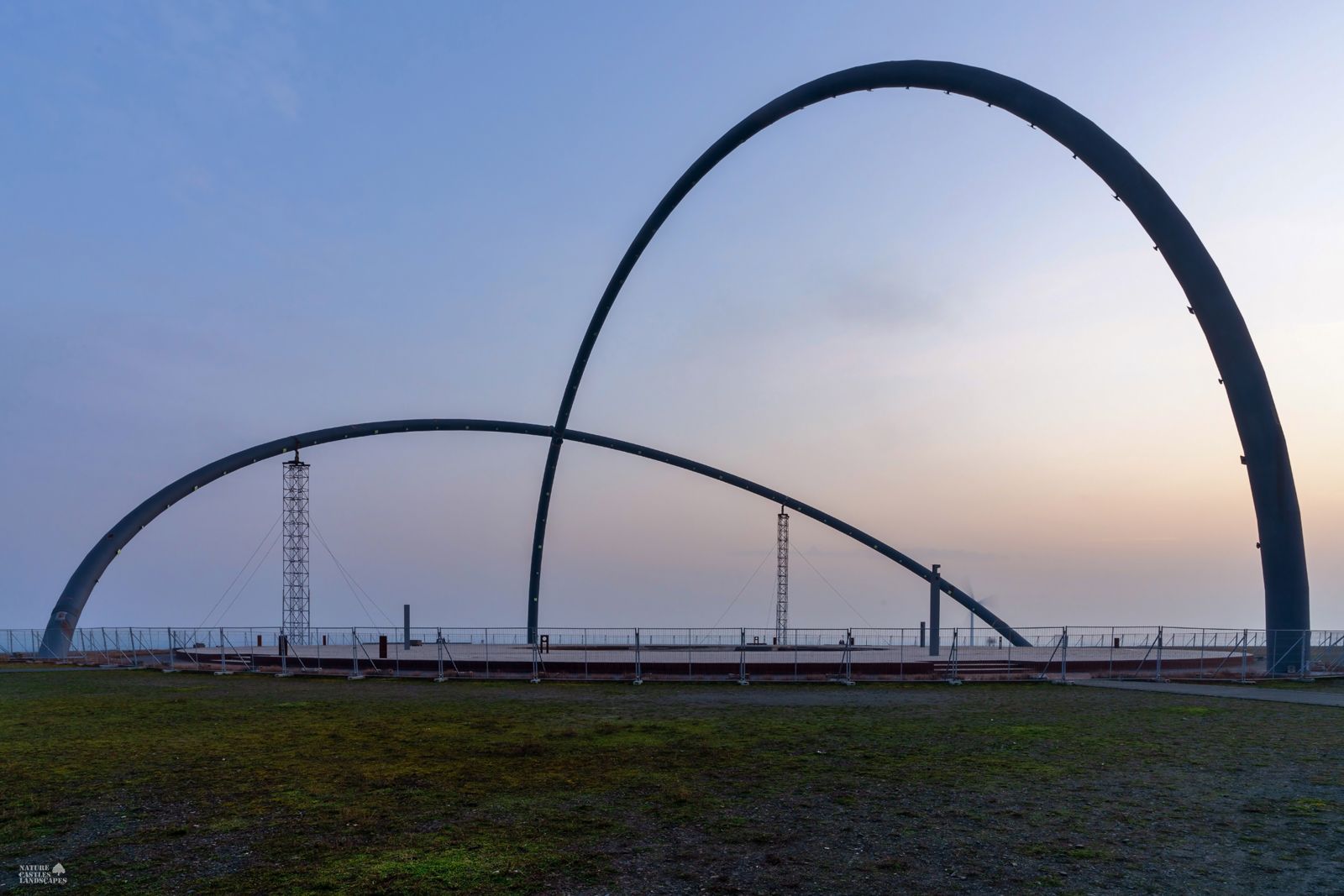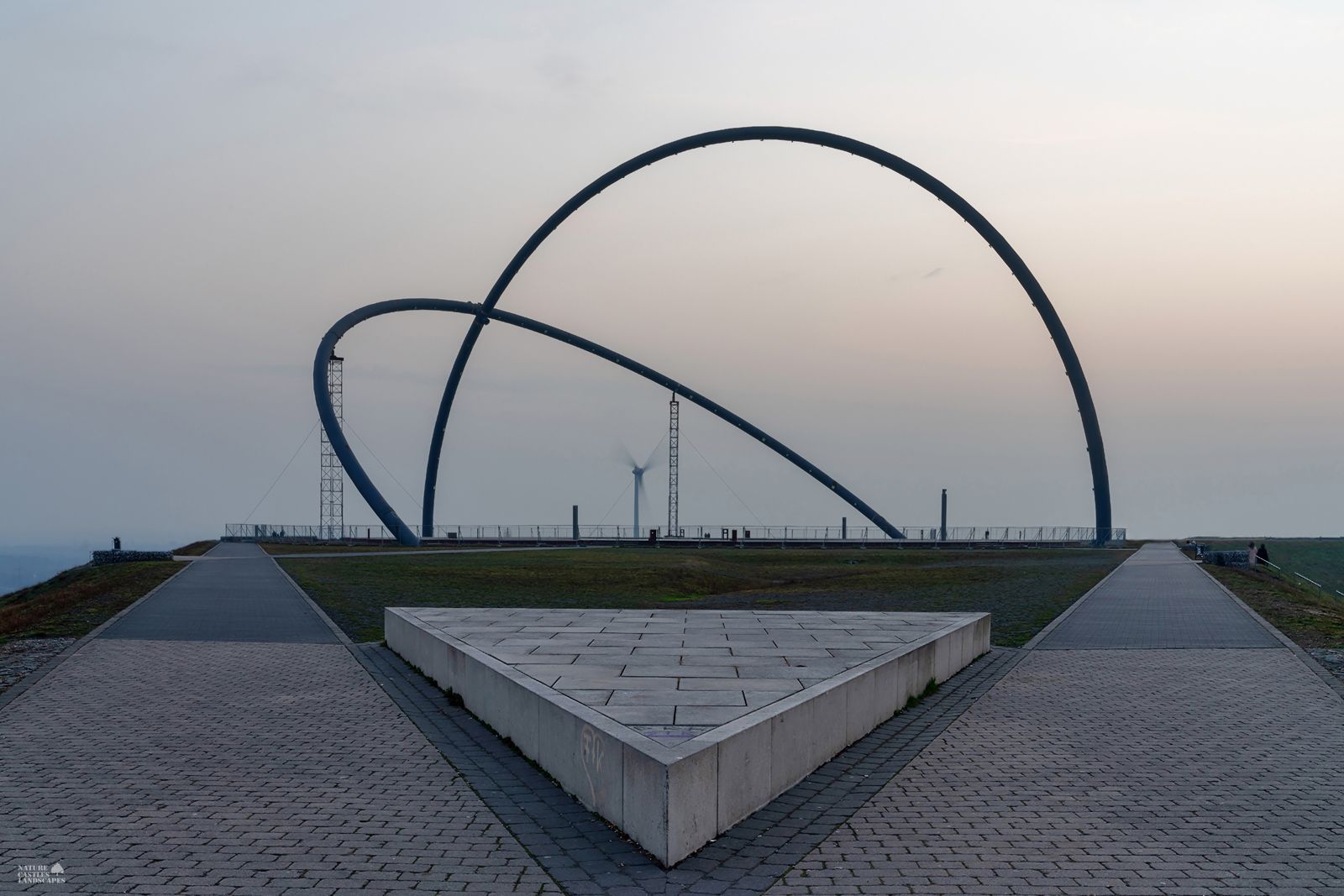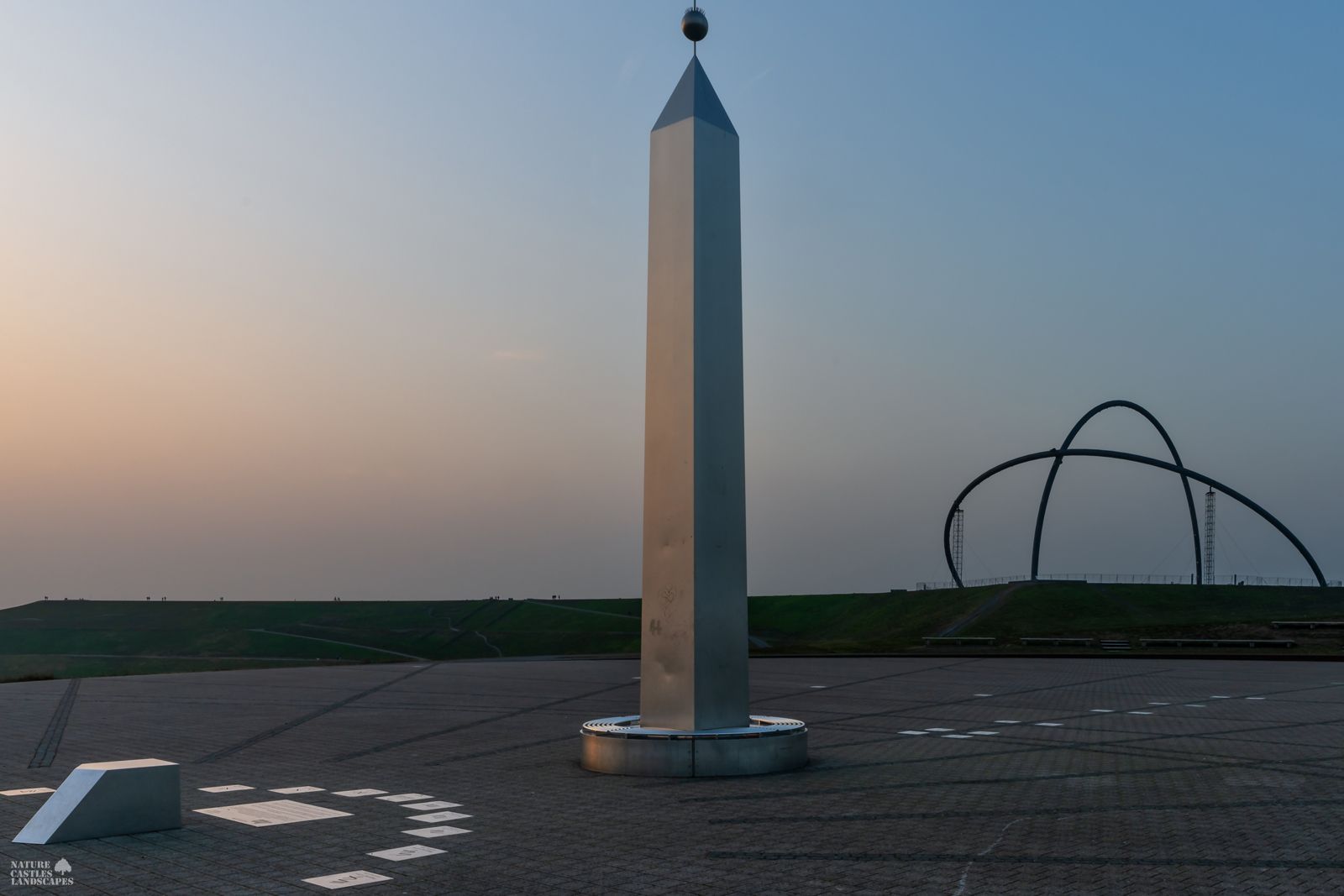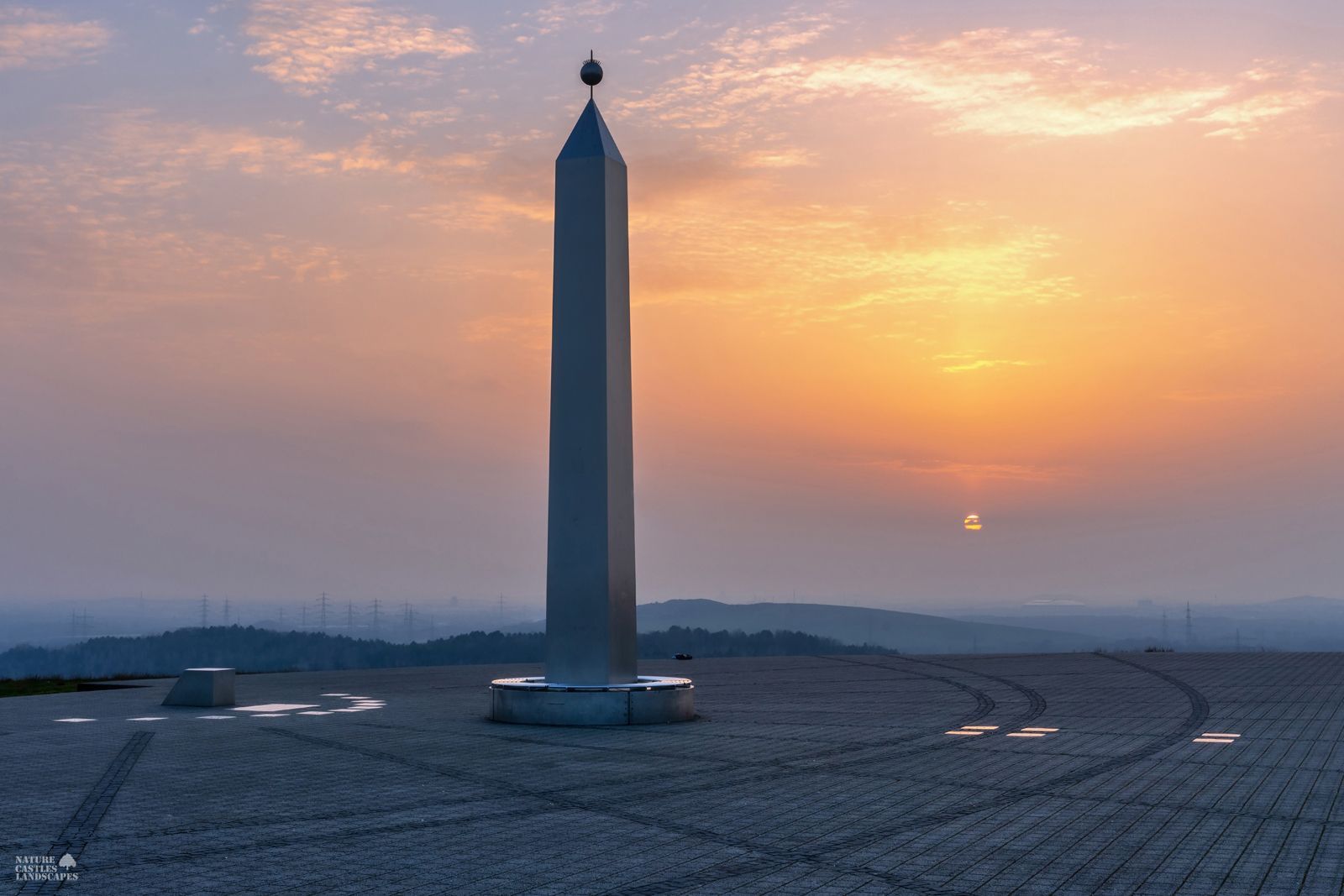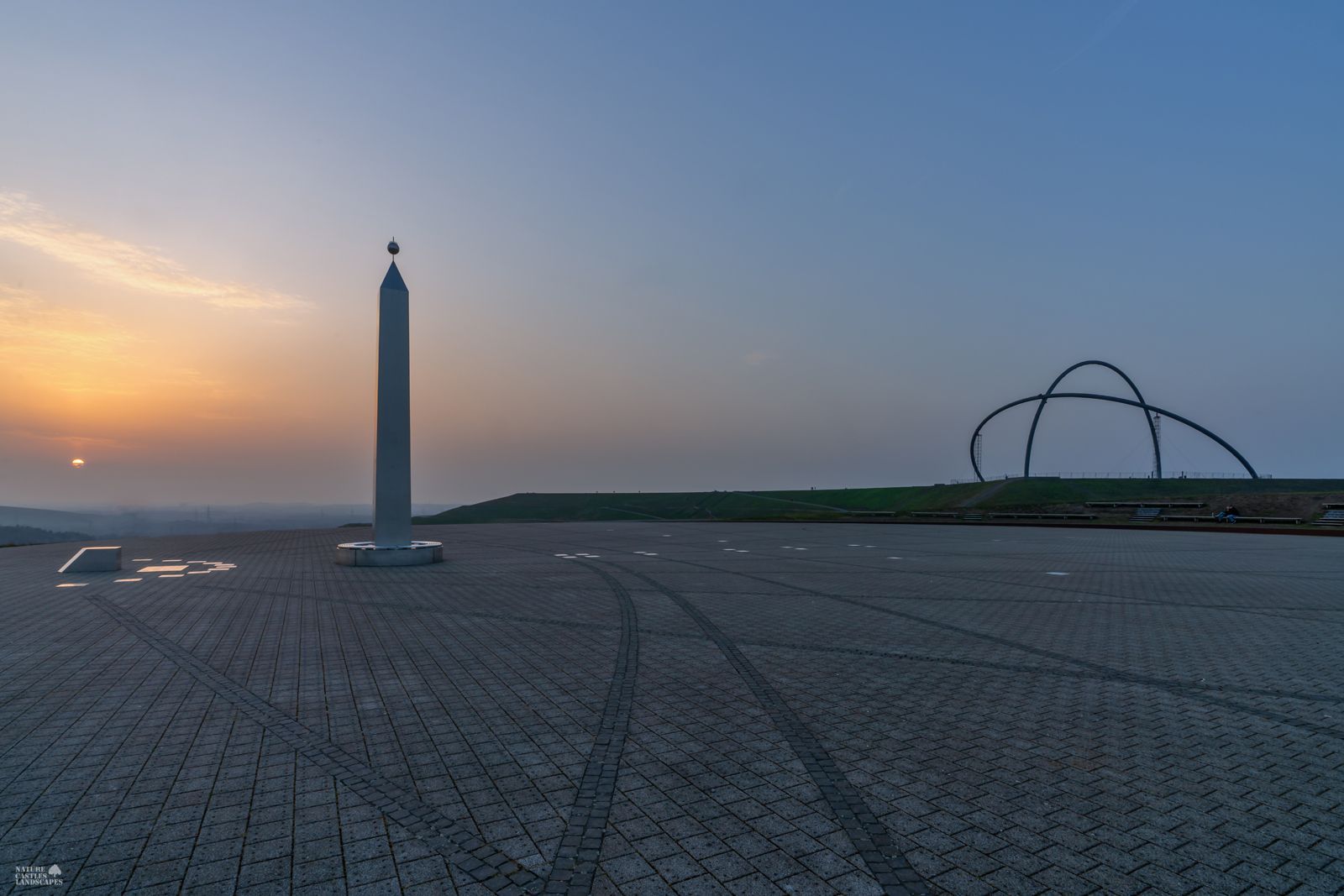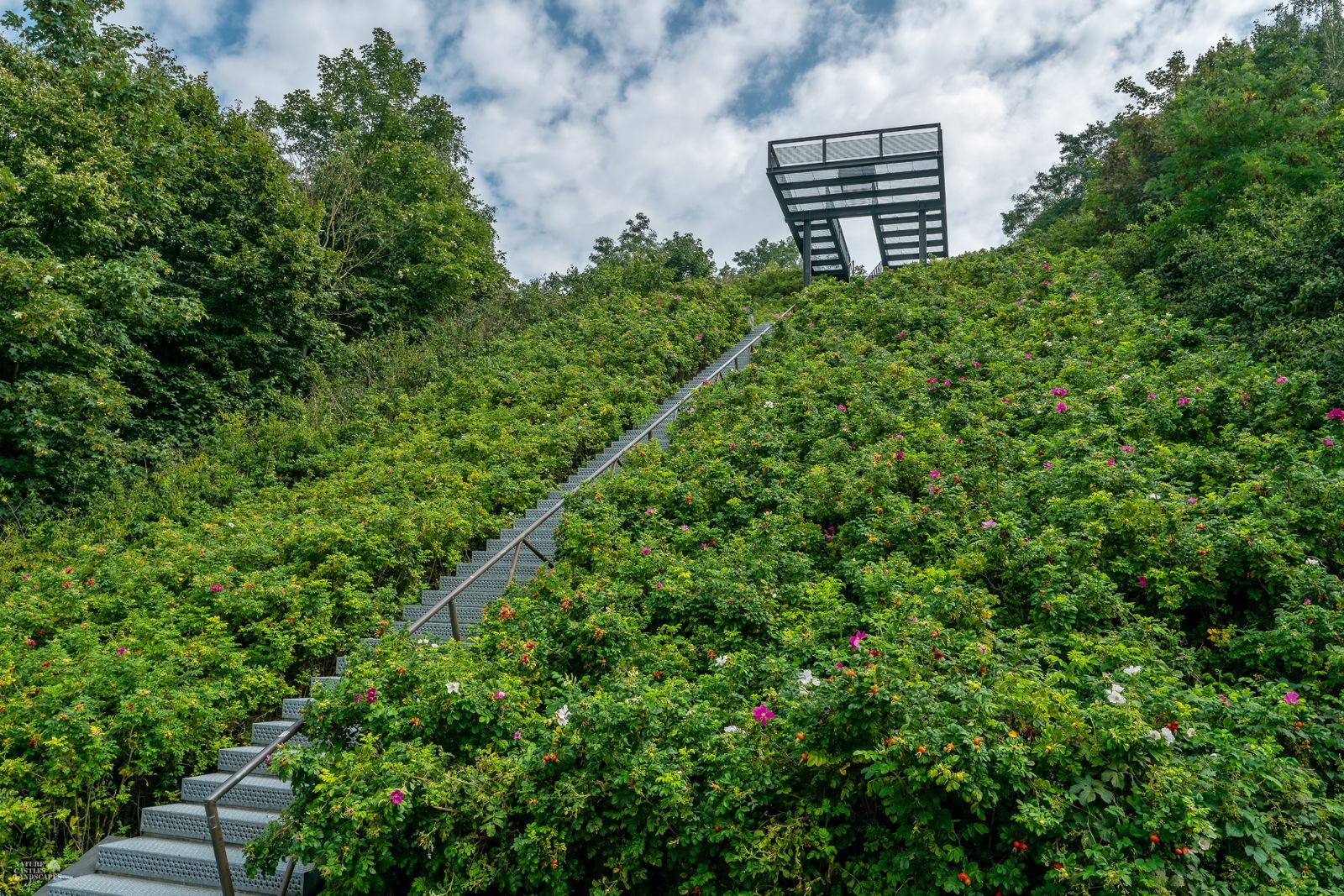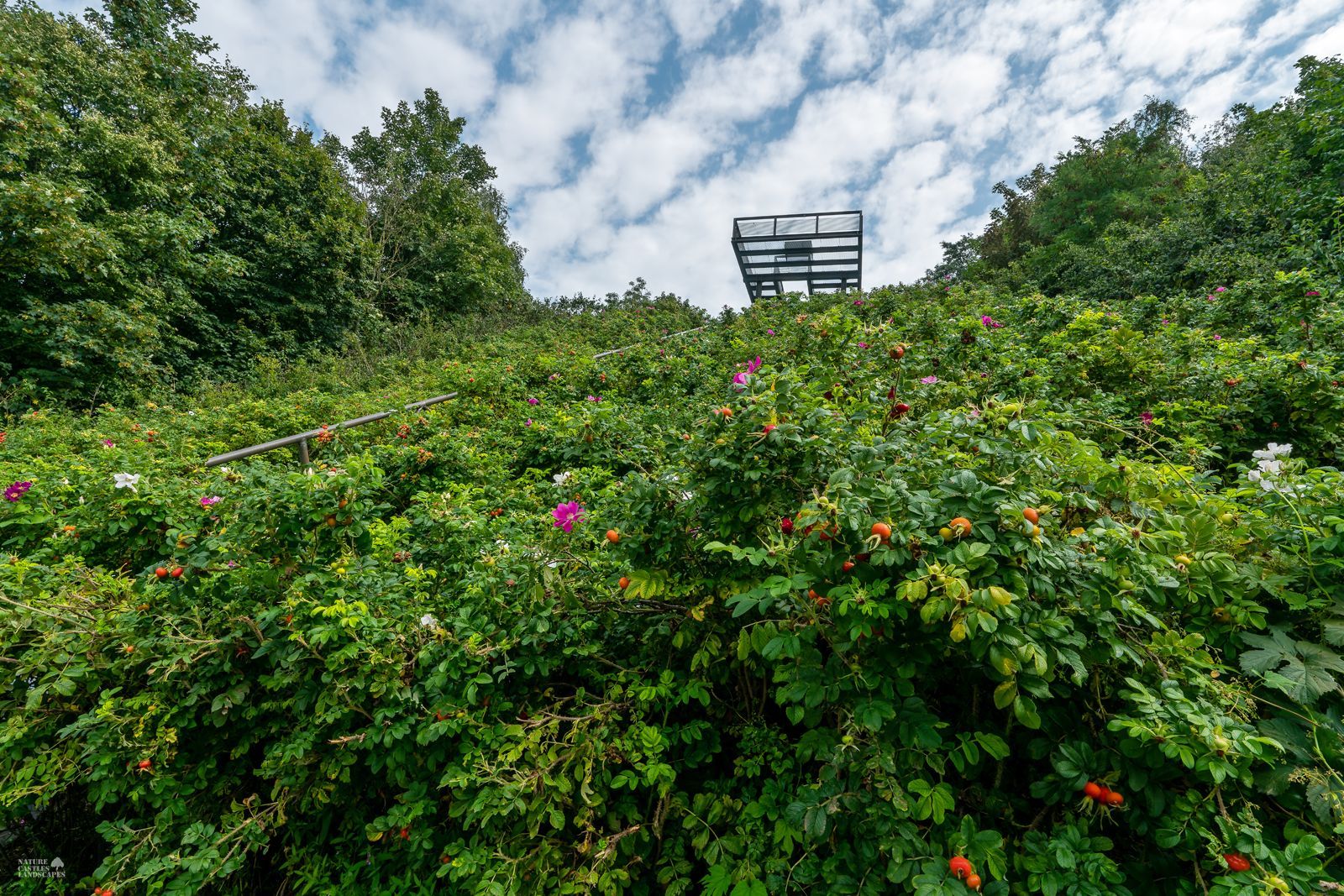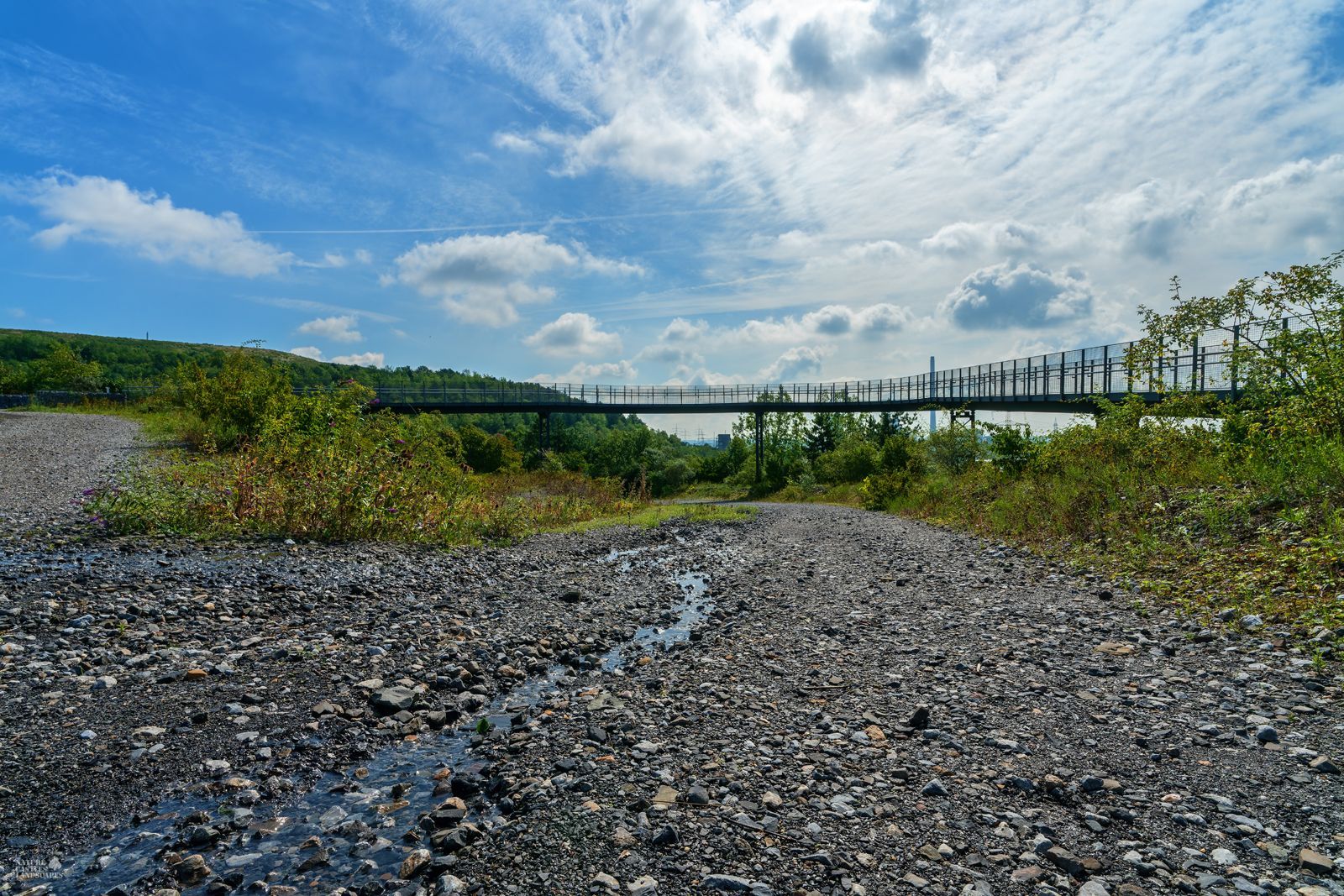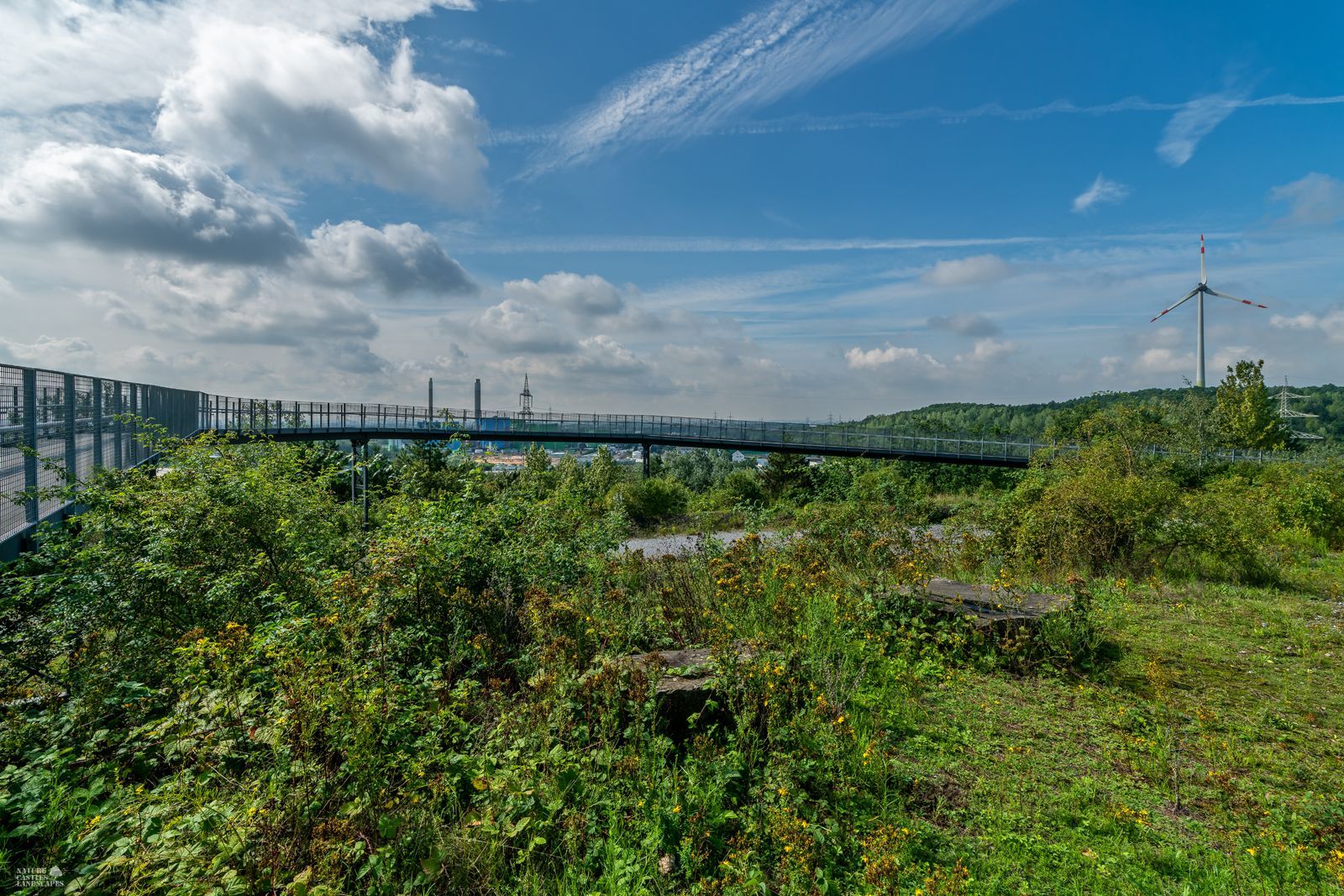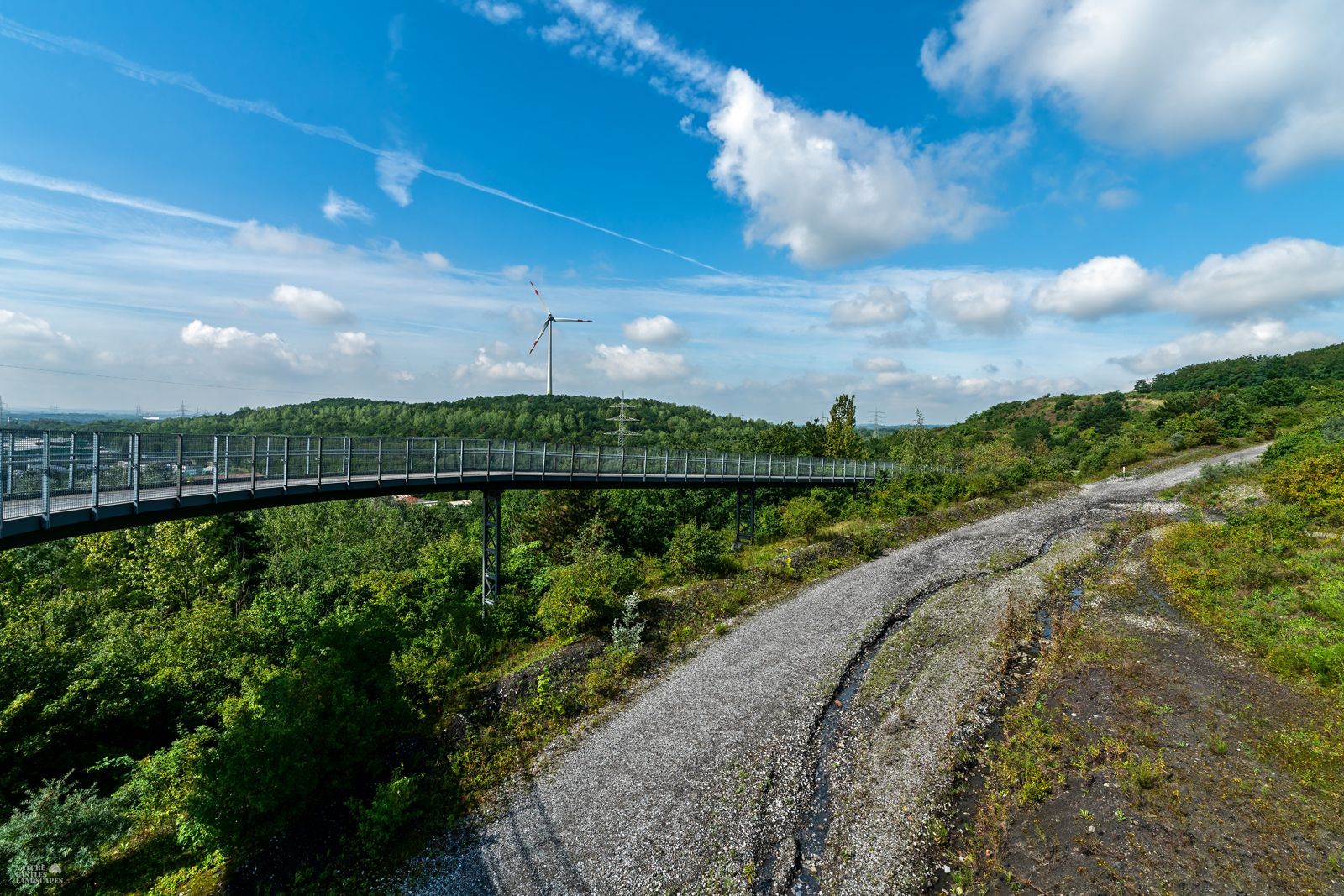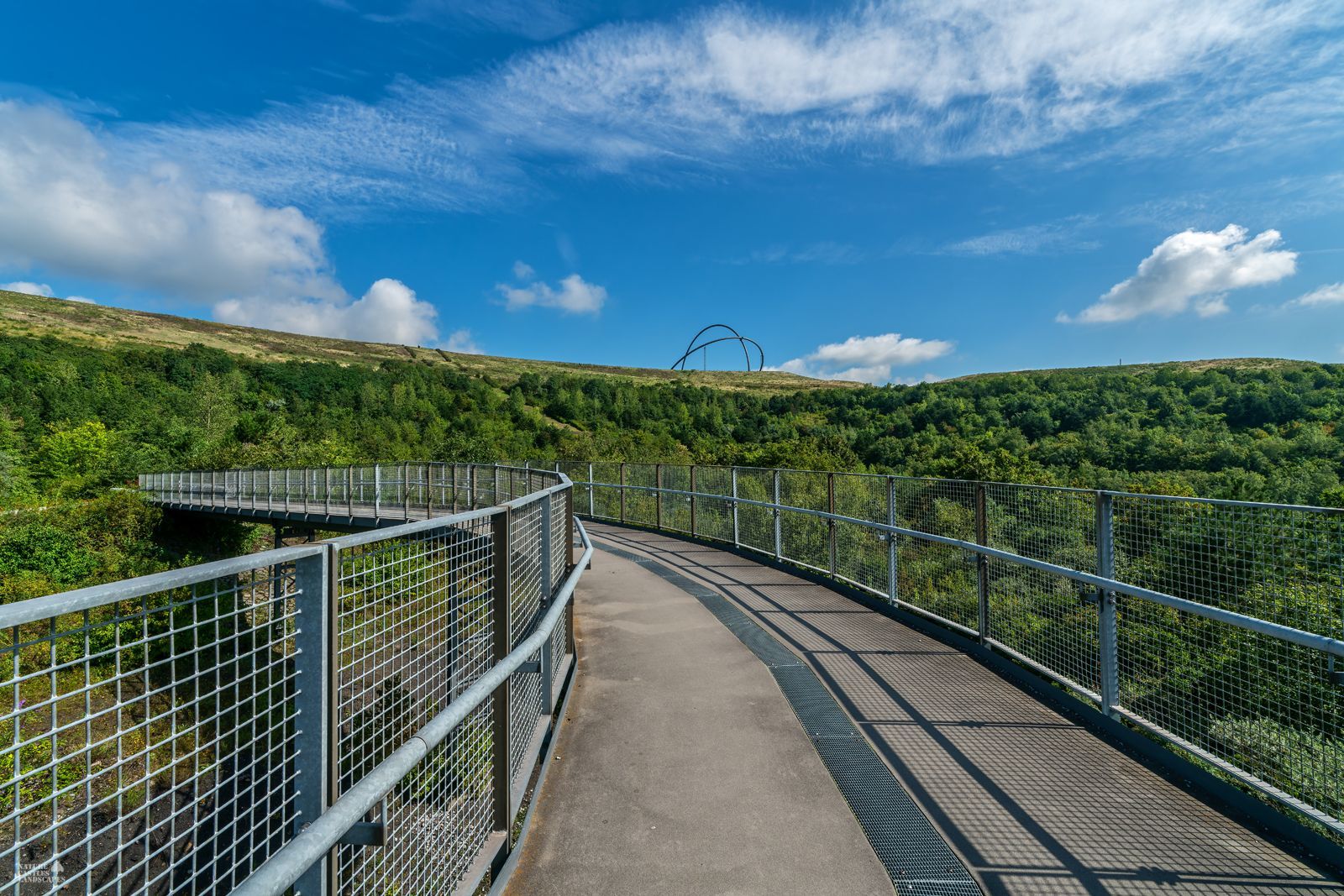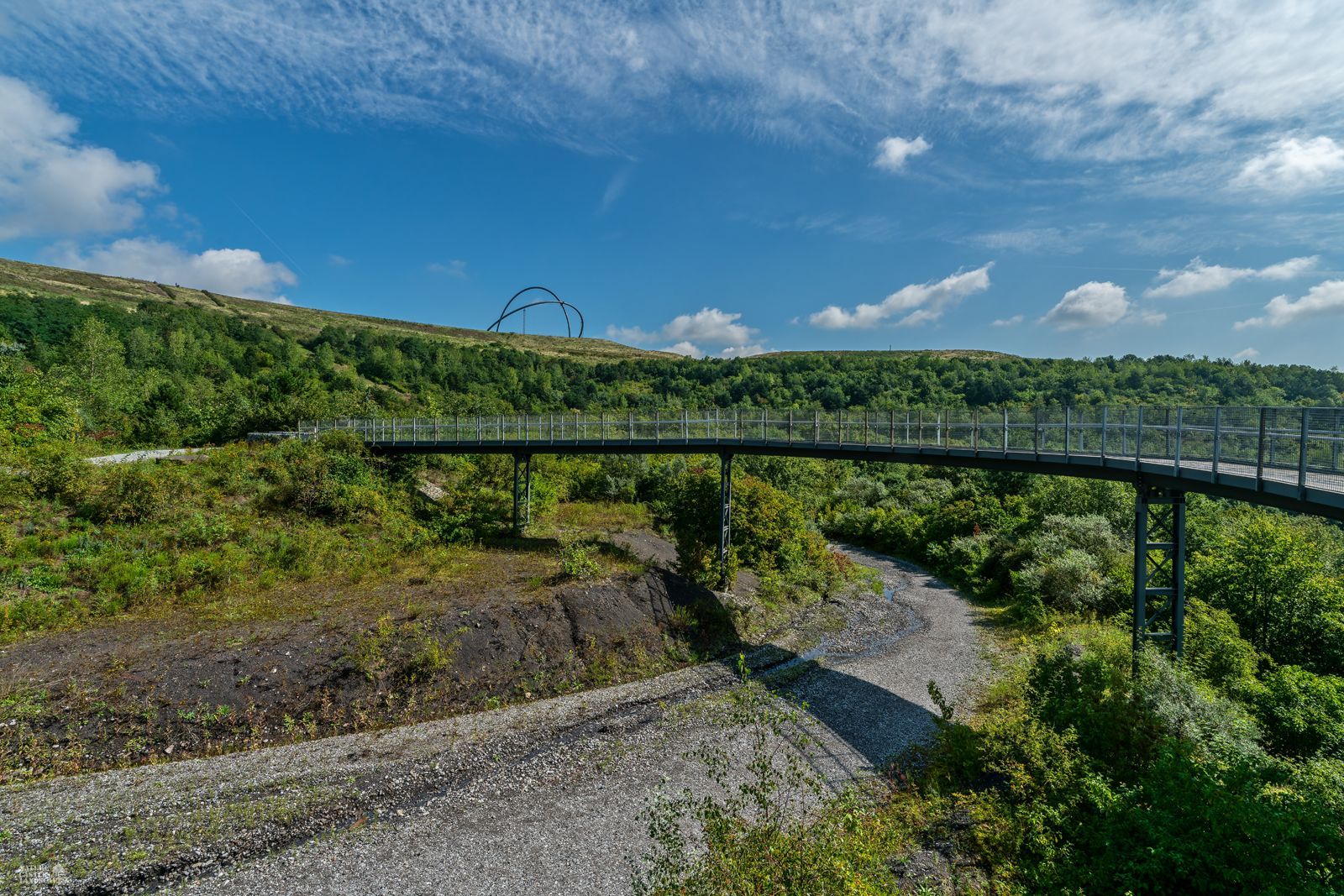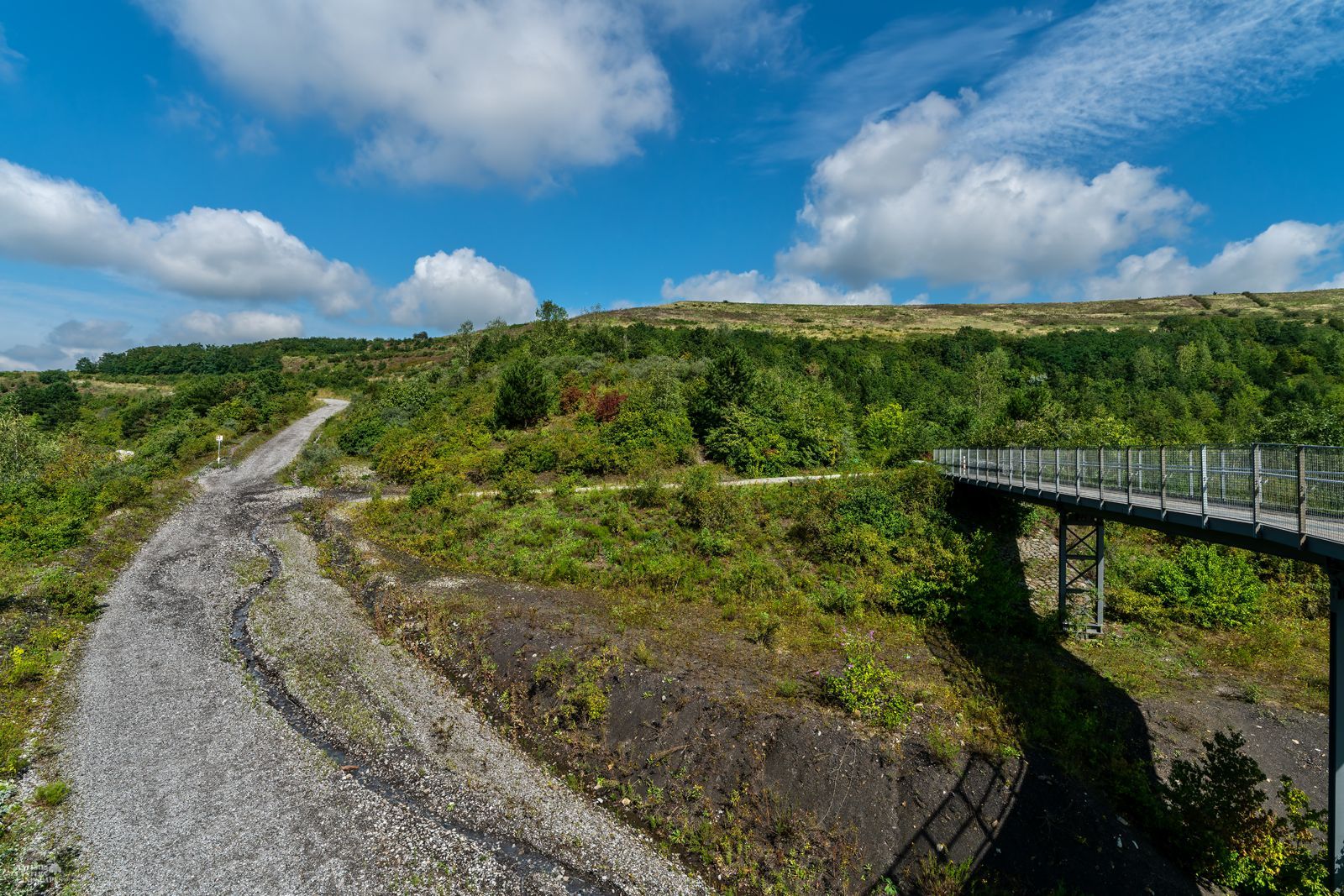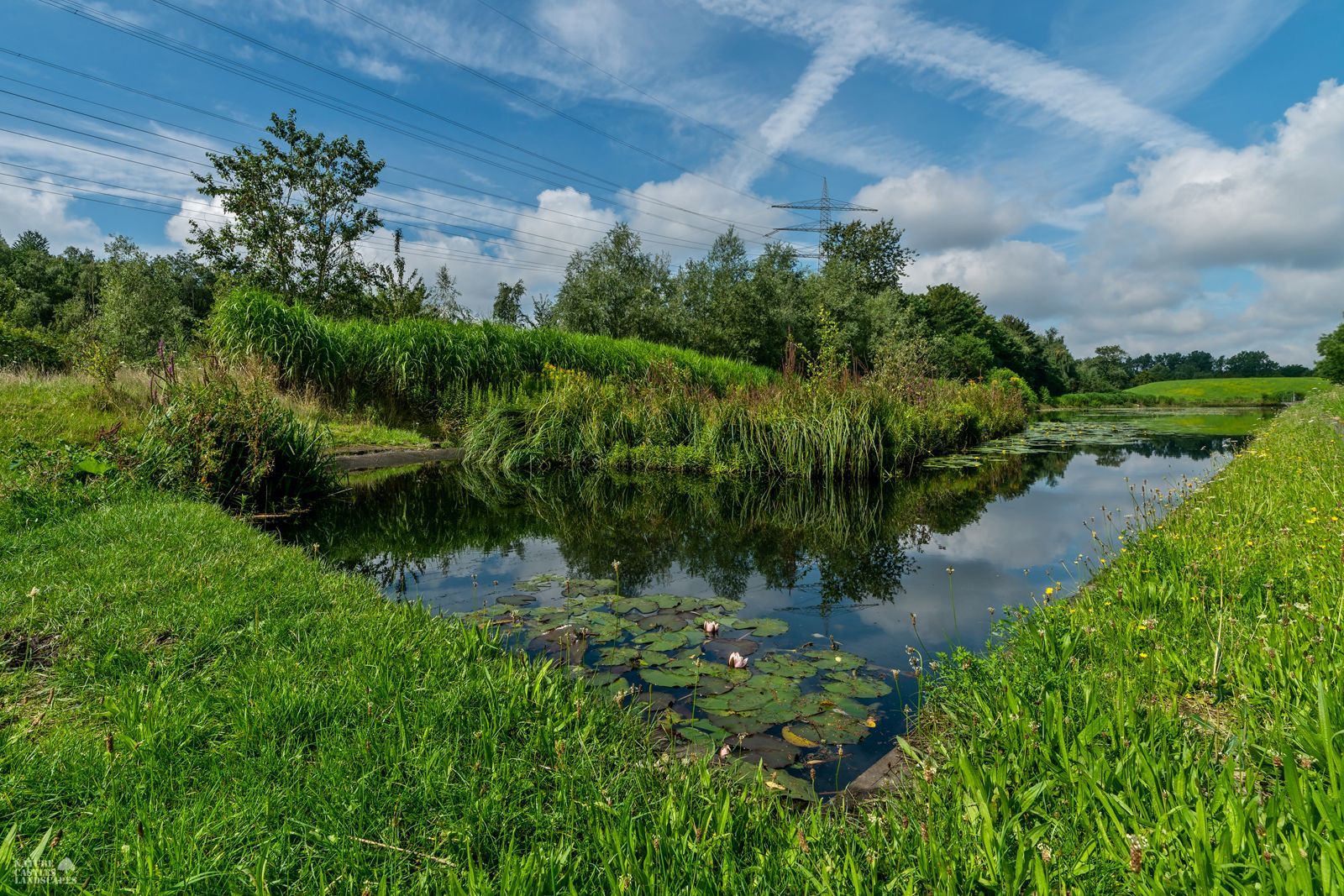ZECHE EWALD
MY MEMORIES
Here are some photos of my first employer, the colliery ZECHE EWALD at the city of Herten. At that time I had 3500 work colleagues ...
Today the coalmine is deserted, a few halls are still unused.
With the addition of more than 20 new Companies, 1,000 new jobs have been created within a decade after the closure of the Ewald shaft plant.
With the addition of more than 20 new Companies, 1,000 new jobs have been created within a decade after the closure of the Ewald shaft plant.
COLLIERY EWALD
The coal mine Ewald was the last active mine in Herten. The city has long been considered the largest mining town in Europe.
The colliery was initially popularly called misery. Probably were due to the great depth (1884 with 624 m deepest shaft in the Ruhr), the adverse effects of heat high and were bearable only with the second shaft and thus better ventilation. Unusually for a Großzeche was the lack of its own coking plant. The charcoal suitable for coking could apparently sell very well.
The furtherance of Ewald was always high and in 1900 was just under 1 million t / a and was only in World War II. Already very early (1910) vibrating chutes and conveyor belts were used. Technically, the operation was always up to date.
From 1970, the association began with other collierys. The pit field reached to the city of Essen and Ewald / Hugo was the largest production site in the area with 4.107433 t promotion in 1998 and 3.782770 t in 1999 and 16 or 14 active shafts. In comparison, 161 coal mines together produced 4,074,400 tonnes in 1894..
When all economically recoverable supplies were mined, in 2000 the total closure, which was originally planned for 2002, followed. After the 1996 decision to cut coal subsidies prematurely, there were numerous protests. When the "Kohlerunde" was canceled in 1997, the frustrated miners blocked the A2 motorway passing by the mine for several hours.
Misfortunes with dead people were almost unbearable. Only 1923 three miners died in a rope break and 1971 seven at a brook break. A distinctive colliery architecture from three different mining periods, such as the Malakowturm (1888), Schacht 2 with Schachthalle (1928) and the double bracing framework of Zollverein architect Fritz Schupp over the central shaft of 1955, characterizes the location
The colliery was initially popularly called misery. Probably were due to the great depth (1884 with 624 m deepest shaft in the Ruhr), the adverse effects of heat high and were bearable only with the second shaft and thus better ventilation. Unusually for a Großzeche was the lack of its own coking plant. The charcoal suitable for coking could apparently sell very well.
The furtherance of Ewald was always high and in 1900 was just under 1 million t / a and was only in World War II. Already very early (1910) vibrating chutes and conveyor belts were used. Technically, the operation was always up to date.
From 1970, the association began with other collierys. The pit field reached to the city of Essen and Ewald / Hugo was the largest production site in the area with 4.107433 t promotion in 1998 and 3.782770 t in 1999 and 16 or 14 active shafts. In comparison, 161 coal mines together produced 4,074,400 tonnes in 1894..
When all economically recoverable supplies were mined, in 2000 the total closure, which was originally planned for 2002, followed. After the 1996 decision to cut coal subsidies prematurely, there were numerous protests. When the "Kohlerunde" was canceled in 1997, the frustrated miners blocked the A2 motorway passing by the mine for several hours.
Misfortunes with dead people were almost unbearable. Only 1923 three miners died in a rope break and 1971 seven at a brook break. A distinctive colliery architecture from three different mining periods, such as the Malakowturm (1888), Schacht 2 with Schachthalle (1928) and the double bracing framework of Zollverein architect Fritz Schupp over the central shaft of 1955, characterizes the location
Ewald Colliery
I visited my old employer, the Ewald colliery, again in August 2023. Now to be honest I visit this place often but this time I got up very early in the morning and had my camera with me. It rained more or less for 5-6 weeks this year. I was full of expectation that nature had used the rainy season for intensive growth. I wasn't disappointed.
Hoheward dump
The Hoheward dump is a tailings dump in the Ruhr area. It was created from fill from the Recklinghausen II colliery, the Ewald colliery and the General Blumenthal/Haard colliery. Around the turn of the 19th and 20th centuries, the Emscherbruch or the Hertener Mark was a wide forest and meadow landscape through which the small river, which was still meandering at the time, flowed. This changed suddenly with the establishment of coal mines and mining settlements as part of the so-called northern migration of mining. The mines expanded, making Herten Europe's No. 1 mining town in terms of the volume mined. The tailings now form the largest dump landscape in the Ruhr area and on the European continent. The flat forest and swamp landscape of the Emschertal became an impressive mountain range entirely made by man.
Panorama bridge
Sky Bridge also called Panorama Bridge.
The Hoheward dump in Herten is a tailings dump in the Ruhr area. It was created from fill from the Recklinghausen II colliery, the Ewald colliery and the General Blumenthal/Haard colliery. Construction of the dump began in the 1980s. The dump is now completely open to the public. The western part was filled and modeled by 2016. The so-called promenade bridge was built on the southern slope of the Halden in what was once the central access area. It spans the former access road on which heavy trucks transported the tailings. Today this bridge may seem out of place, but in the days when the Hoheward dump was still being filled up, the heavy trucks came up the bridged road with the tailings from the mines.
